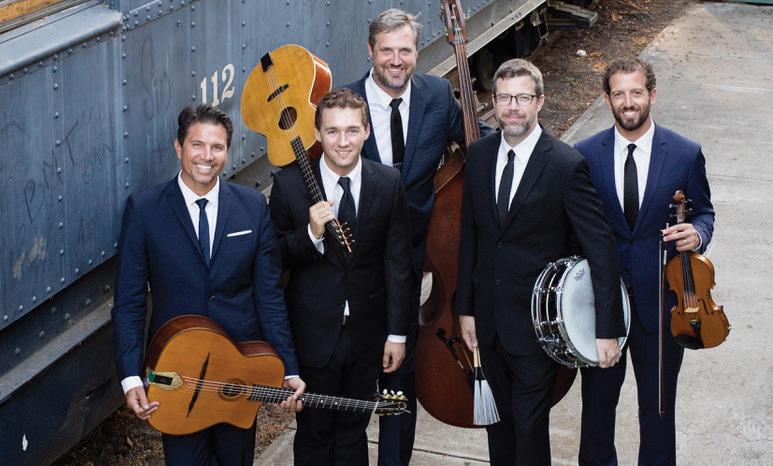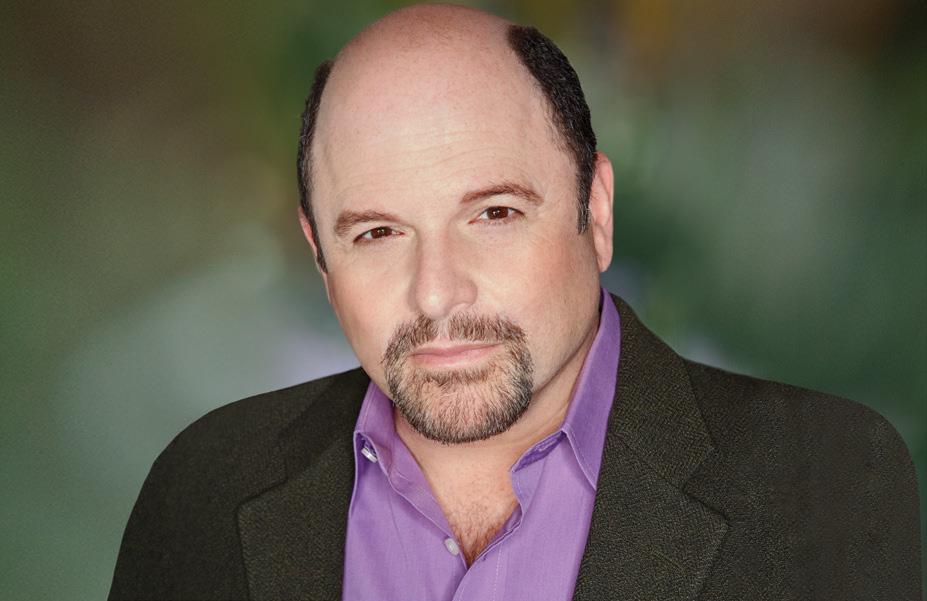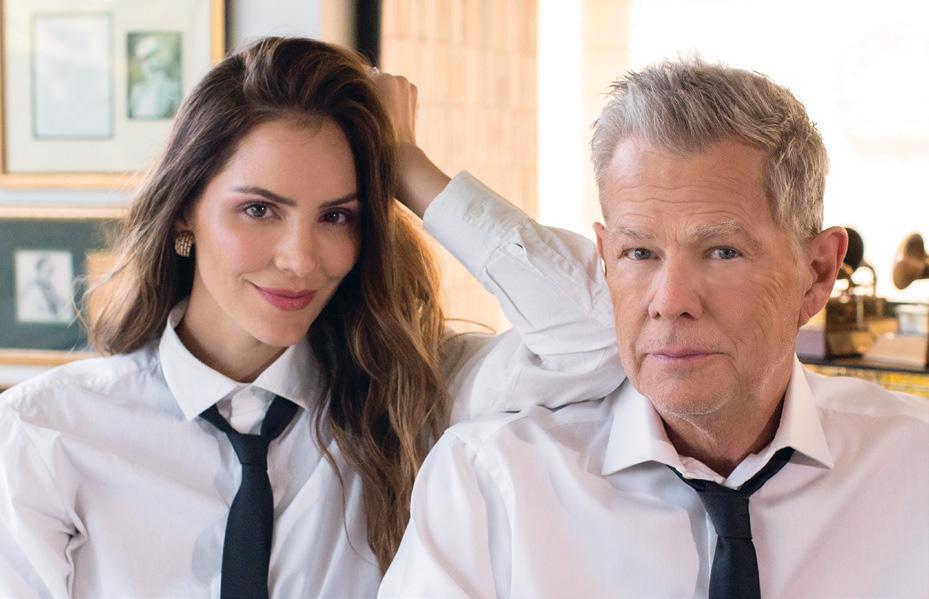Connecting Threads
 Phoenix Art Museum and philanthropist Ellen Katz premiere Geoffrey Beene exhibition in the Valley
Phoenix Art Museum and philanthropist Ellen Katz premiere Geoffrey Beene exhibition in the Valley

















 Phoenix Art Museum and philanthropist Ellen Katz premiere Geoffrey Beene exhibition in the Valley
Phoenix Art Museum and philanthropist Ellen Katz premiere Geoffrey Beene exhibition in the Valley
















With lives forever changed and lost every day, now is time to defeat cardiovascular disease. With your generosity, HonorHealth is expanding to offer: Comprehensive care from an elite team of experts Groundbreaking research and innovation that brings the future of heart care to Arizona today

State of the art facilities for everything from cardio diagnostics to today’s advanced procedures
RIZIKYour gift to support the Cardiovascular Center of Excellence attracts world class expertise, with the technology and support to introduce cutting edge treatments and procedures before they are widely available.
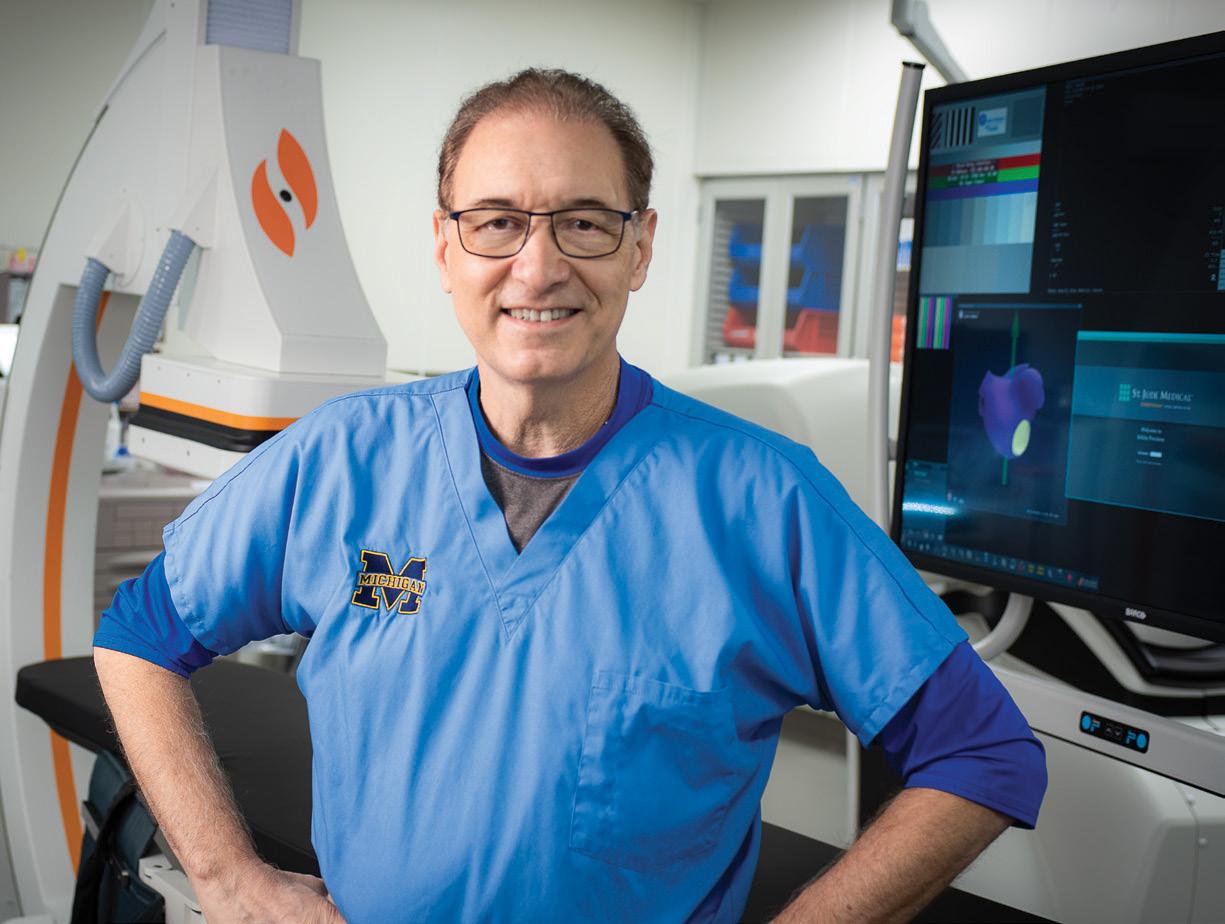
NOW IS THE TIME. SCAN THE QR CODE to learn more about the HonorHealth Cardiovascular Center of Excellence and how you can help advance heart care in our community.


From The Largest Producing Regional Theatre Company in the Valley,

JAN 11 – JAN 29, 2023
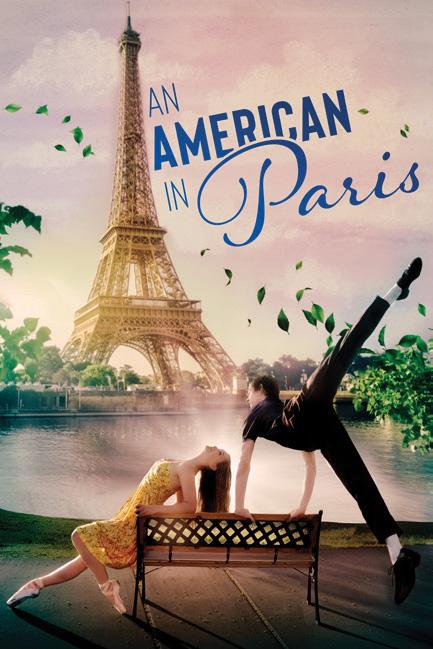
JAN 25 – MAR 12, 2023
last five years
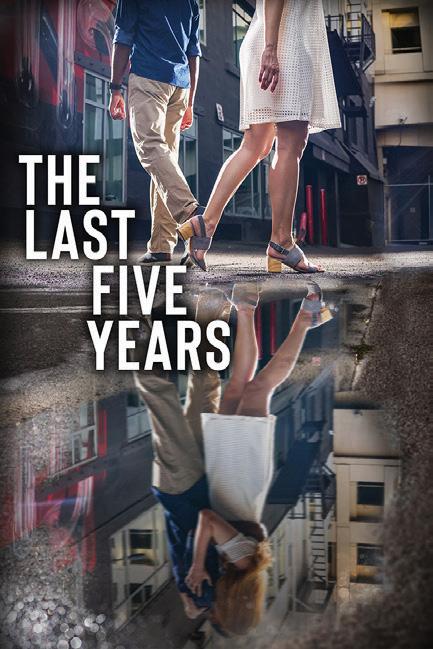
MAR 15 – APR 2, 2023 a chorus line
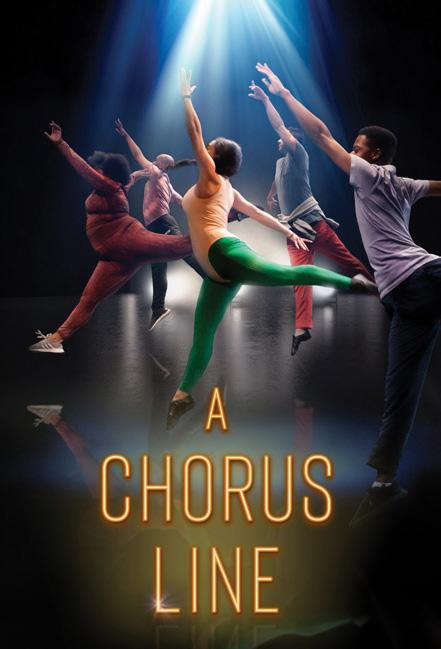
APR 5 – MAY 14, 2023

Filled with enchanting stories of tomorrow’s promise that parallel our own journey here in Phoenix, this season’s productions range from beloved classics, such as An American in Paris and Dreamgirls, to new musicals, like the The Last Five Years and The Prom. With sophisticated in-house production facilities capable of making everything you see on stage, The Phoenix Theatre Company creates intimate, world-class experiences for a modern audience.
Located in the heart of our namesake’s downtown community, our venue is the perfect place for a night out to enjoy spectacular theatre. Accompanied by classic bistro fare and refreshing craft cocktails at our on-campus ArtBar+Bistro, free parking, and over 500 performances, The Phoenix Theatre Company invites you to a world of possibilities!

APR 7 – APR 23, 2023

JUN 7 – JUL 9, 2023
AUG 2 – SEP 3, 2023

It’s a thrill to bring you our first issue of 2023. To find the many stories you’re about to encounter, we looked for the top happenings about to kick off. Then, we examined them through a Frontdoors lens.
The resulting issue has something for really and truly everyone.
Excited about the Super Bowl? We’ve got fashion suggestions for the big game and caught up with celebrity chef Carla Hall, who will be heading here on behalf of GENYOUth. Football fans will also enjoy reading how Hall of Famer Larry Fitzgerald is scoring big wins with his foundation.
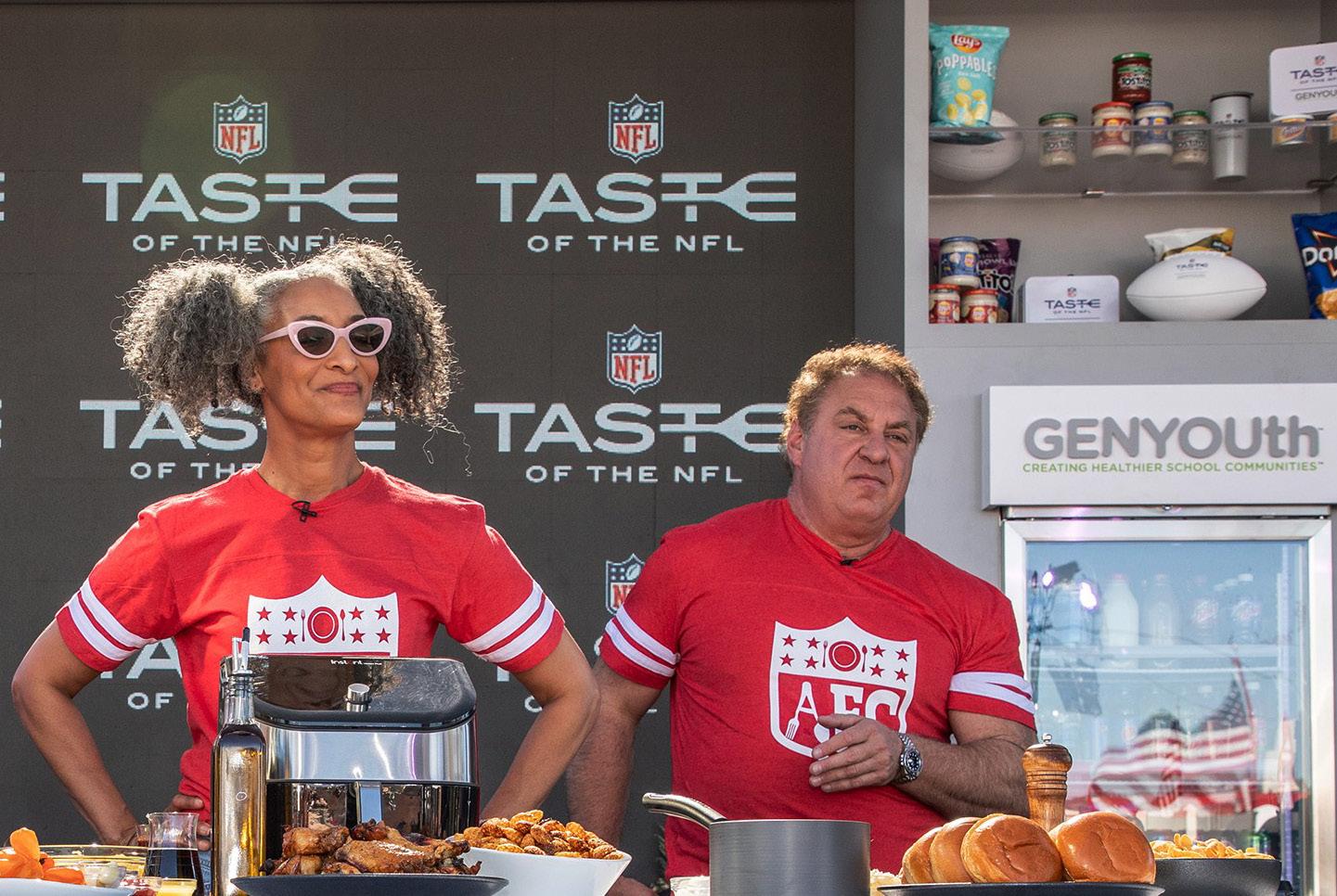
Ever wonder what it takes to feed the crowd at the Phoenix Open? We caught up with M Culinary Concepts to find out just how many potstickers and chicken wings it might be. Music fans will enjoy reading about M3F Fest, a 100-percent nonprofit music festival with all proceeds benefiting local Arizona nonprofits.
Unwilling to stop with sports and music, we looked at MOVE, a new exhibition coming to Phoenix Art Museum. Aside from being a celebration of Geoffrey Beene, a designer who stood should-to-shoulder with French couturiers while retaining his distinctly American style, it’s the story of local philanthropist Ellen Katz, whose friendship with New York publisher Patsy Tarr helped bring this major fashion acquisition to the Valley.
Need a quick getaway? Palm Springs is but a short distance, and publisher Andrea Tyler Evans and travel expert Brian Pentek have put together a greatest-hits list for your next — or first — visit. If sticking close to home is more your speed, Shoshana Leon has suggestions for great bites and mocktails.It’s an issue that makes it clear what a truly special place we call home. And that very much includes organizations like The Crosiers, Aunt Rita’s Foundation and STEP: Student Expedition Program, which make it healthier, safer and more inclusive for all.

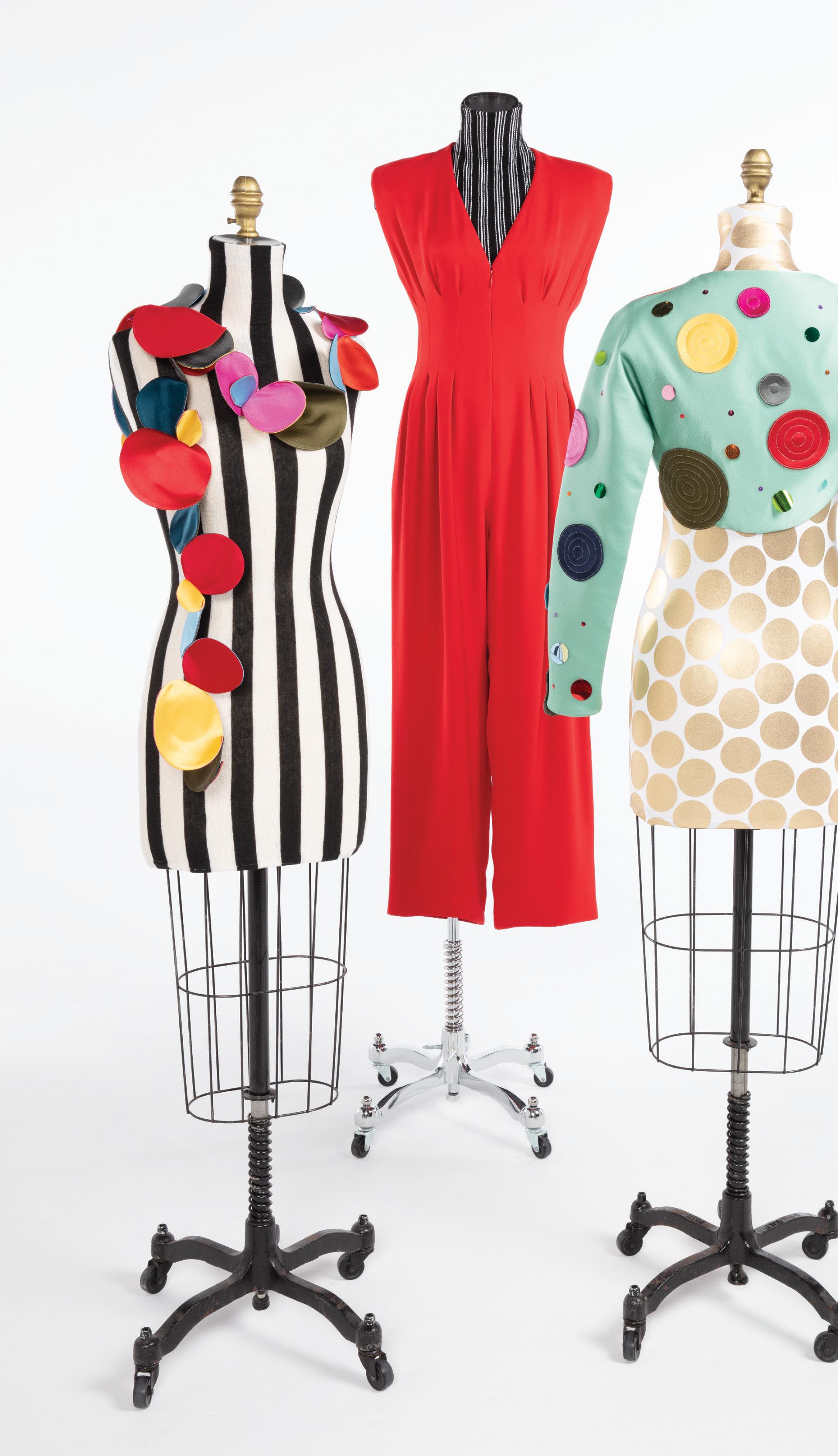







Describe the journey from being a contestant on a reality cooking show to becoming a culinary media star.
When I was on “Top Chef,” I did it as a personal challenge. It had nothing to do with television. Almost 15 years later, it is my job to be on television. I lived the journey and know how hard it was, but it looks very easy from the outside.
As 2023 kicks off, do you have any culinary intentions for the year?
As I age, my food does change. I try to learn my body. Like, how much protein do I need? Which vegetables? How much can I cheat? I mean, everybody is trying to figure that out. For me, I’m trying to have a more balanced life.
Are you experimenting with any new foods or techniques?
I travel a lot, so I am playing with what I can make if I don’t have a microwave. A lot of hotels don’t have microwaves, so I take these electric kettles and granules of dry chicken or beef broth. Then I ask, what can I make in this electric kettle? Can I do a soup and make it interesting? Can I get things off a salad bar, take my electric kettle, put in these little granules, and make something?
You’re an active advocate for children’s physical and mental well-being. Why does that speak to you?
I did theater from 12 to 17. The empowering lesson from theater was to dare to be you. When somebody called me weird when I was 12, I could say thank you because I was doing theater, where it was a good thing to be out of the box. When you don’t have that, a single word from somebody can change your whole perspective, your whole childhood. Also, it’s important to be your own advocate physically, so you are physically able. I grew up at a time when we were playing outside.
You’re on the board of the nonprofit GENYOUth. How did you get involved with them?
I moved to New York when I was on “The Chew,” and


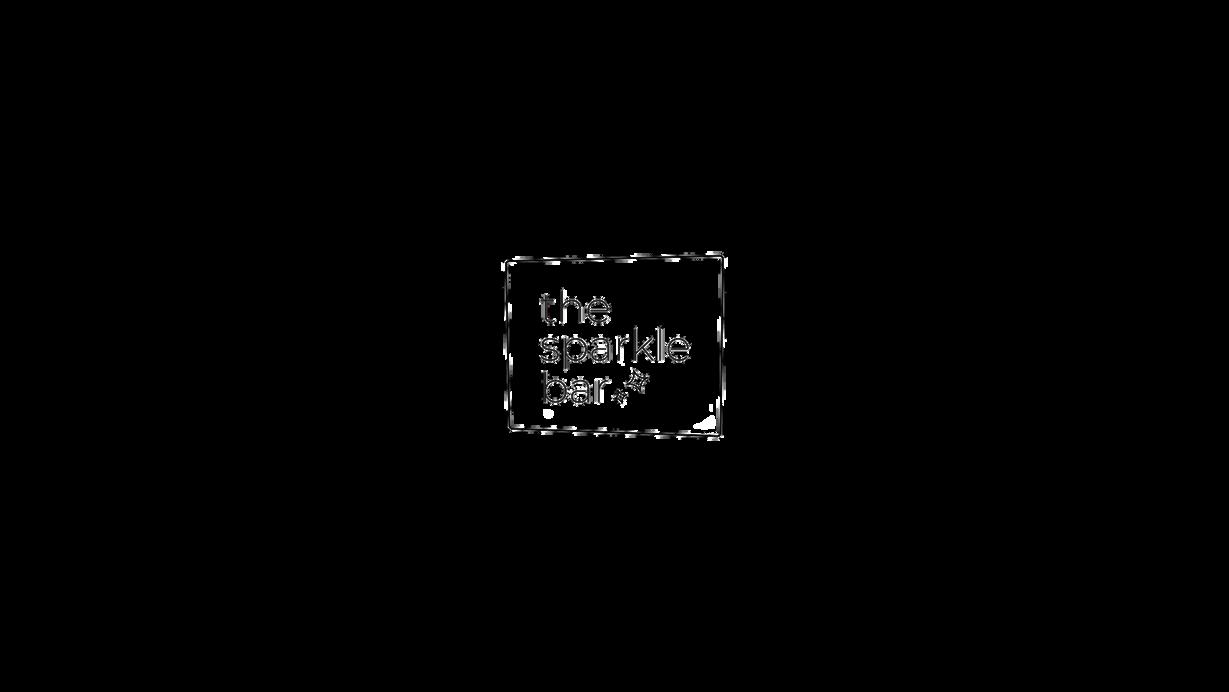



to a restaurant, it could be technically good, but if it’s not hitting my heart, it doesn’t land. I use this judging on baking shows. I know if somebody is clicking from a technical space versus being really into it. I don’t care what that baker says; I can feel it.
What are you looking forward to this year?
I have a show dropping on Discovery Plus on Feb. 1. It’s called “Chasing Flavor” and it’s a travelogue show, domestic and international. I’m also looking forward to my line of cookware coming out on QVC at the end of March.
What would people be surprised to learn about you?

I enjoy paper quilting! I take handmade papers and cut them out like a quilt, but instead of sewing, I have a canvas. I can get a quilting magazine, look up a pattern, and do it on paper with glue instead of sewing. I love it.

To learn more about Carla Hall, visit carlahall.com For info about GENYOUth, go to genyouthnow.org
To purchase a ticket to Taste of the NFL, visit TasteoftheNFL.com.
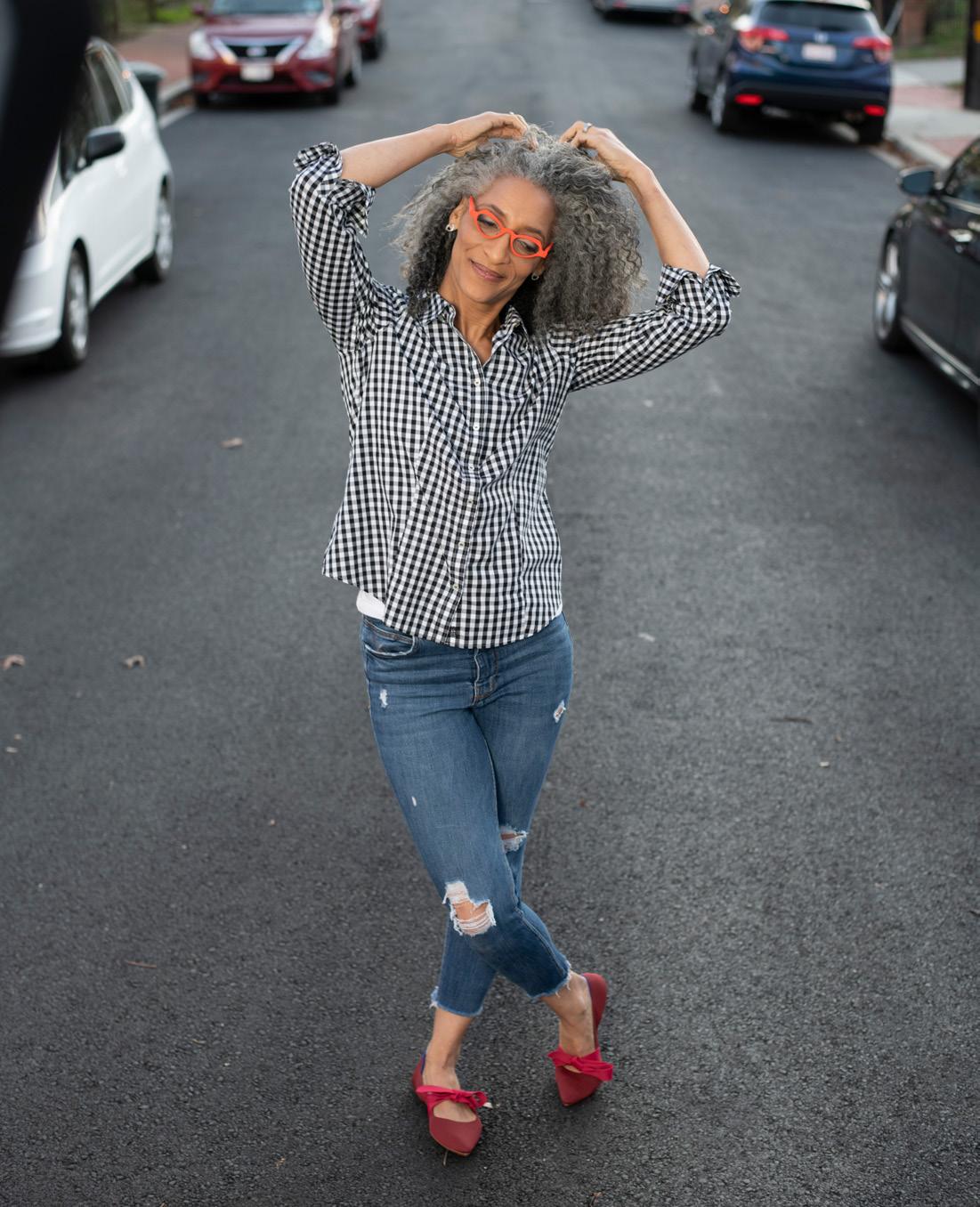
At Eide Bailly, we’re a business advisory and accounting firm, helping our clients embrace opportunities and bring innovation to an evolving business landscape. For years, we’ve worked closely with Arizona business owners and nonprofits whether they’re navigating compliance with tax and accounting requirements, investing in technology or wondering what’s next. With specialty services like data analytics, cybersecurity, forensics, wealth planning, planned giving and more, we have the resources to help make even the biggest goals a reality.



There’s nothing quite like music-festival life. If you’ve attended a multi-day music fest, you understand the magic. Complex and wild, a music festival can feel like an adult’s happiest place on earth.
If you aren’t familiar, it is much more than tunes in an outdoor setting. Yes, live music is the sweet spot of festival life; however, equally appealing is the



unexpected joy of stumbling on a favorite new cuisine in the food village, the drama of an art instillation, the collective energy of standing shoulder-to-shoulder with strangers belting out lyrics in unison. Music-festival life is a vibe.
Whether you’re a frequent fest flyer or have yet to attend your first, lucky for you: M3F Fest is happening
M3F Fest is making rock ‘n’ roll history, and we like it
soon in the Valley of the Sun. It checks all the festival boxes and so much more — it’s rock ‘n’ roll with an extra dose of soul.
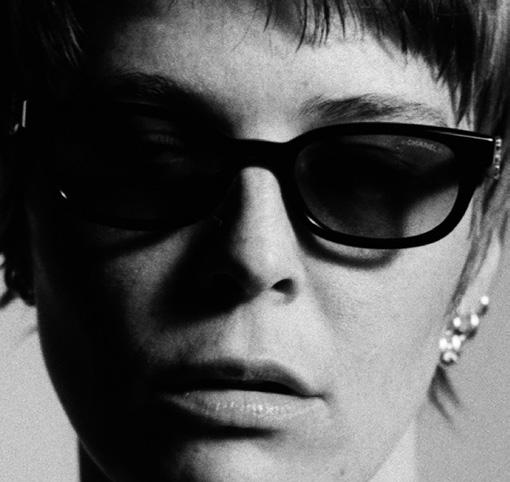
M3F Fest is one of North America’s most celebrated nonprofit music festivals, and it’s scheduled once again in downtown Phoenix on March 3 and 4 at Margaret T. Hance Park. All festival proceeds are donated to charity. You read that correctly — 100 percent of festival proceeds go to charity. For approximately 20 years, M3F (formerly the McDowell Mountain Music Festival) has not waivered in its commitment to giving back. Operating under the principle that each ticket sold goes directly to charity, festival operators’ claim that “every ticket counts” is literal in every sense.
Last year, a record $1.2 million supported nonprofits, most of which are right here in the Valley. Organizations such as Phoenix Children’s Hospital, Habitat for Humanity, Arizona Helping Hands, Saving Amy, Hospice of the Valley, Desert Foothills Land Trust, TGen and more received funding from proceeds derived directly from the festival. This year, beneficiaries are tracking the same, with the majority of proceeds allocated remaining local.
As an expansion to the mission’s outreach, the newly launched M3F Fund opens funding to the public with a year-round application program for nonprofits seeking support. Through the M3F Fund, qualified organizations are welcome to submit an application detailing how funds will serve them.
According to Warner Bailey, festival manager for M3F, “Our goal is to continue to find new partners in Arizona that have clear objectives and a measurable way to assess progress. We opened up submissions on M3F Fund to help us find new charities that fall within those guidelines.”

The evolution of M3F has been significant. The brainchild of John Largay, founder of Phoenixbased Wespac Construction, Largay was searching for a team-building event that his employees could collaborate on while giving back to the communities where they worked and lived.
In 2004, M3F launched, thanks to the exuberant efforts of Wespac employees and volunteers. From there, the project blossomed, transforming year after
Singer-songwriter Maggie Rogers will headline M3F Fest, which returns to Phoenix on March 3-4. Noteworthy acts this year include Jamie xx, Polo & Pan, and Toro y Moi (above).year in attendance, proceeds and anticipation while never drifting from its mission to give all proceeds to charity. The combination of giving back, camaraderie among the Wespac team and creating a fun community event was trifecta gold. Since 2004, $4.4 million has funded numerous community projects.

Last year’s festival welcomed 15,000 attendees daily during the two-day event. This year, organizers expect more great music as the 2023 lineup booked by Largay’s son, RJ, was announced in late 2022. It includes artists such as Grammy-nominated vocalist Maggie Rogers, French electronic duo Polo & Pan, Tory y Moi, Quinn XCII, and German disco and house producer Purple Disco Machine, alongside local musicians and additional artists from around the world.
The range of musical genres is diverse. From indie, pop, R&B, electronic and more, the mix of artists is part of M3F’s attraction. Single-day tickets, weekend (twoday) tickets and VIP options are available through the website, with a layaway payment plan offered as well. continued
Canadian indie-pop band Peach Pit will take the stage at Margaret T. Hance Park.

At Remedy Salon and Spa, our goal is to take great care of all who enter and the community in which we live.
Located in Scottsdale’s highly desirable McCormick Ranch neighborhood, Remedy Salon and Spa is adjacent to some of the most popular coffee shops and restaurants in town.
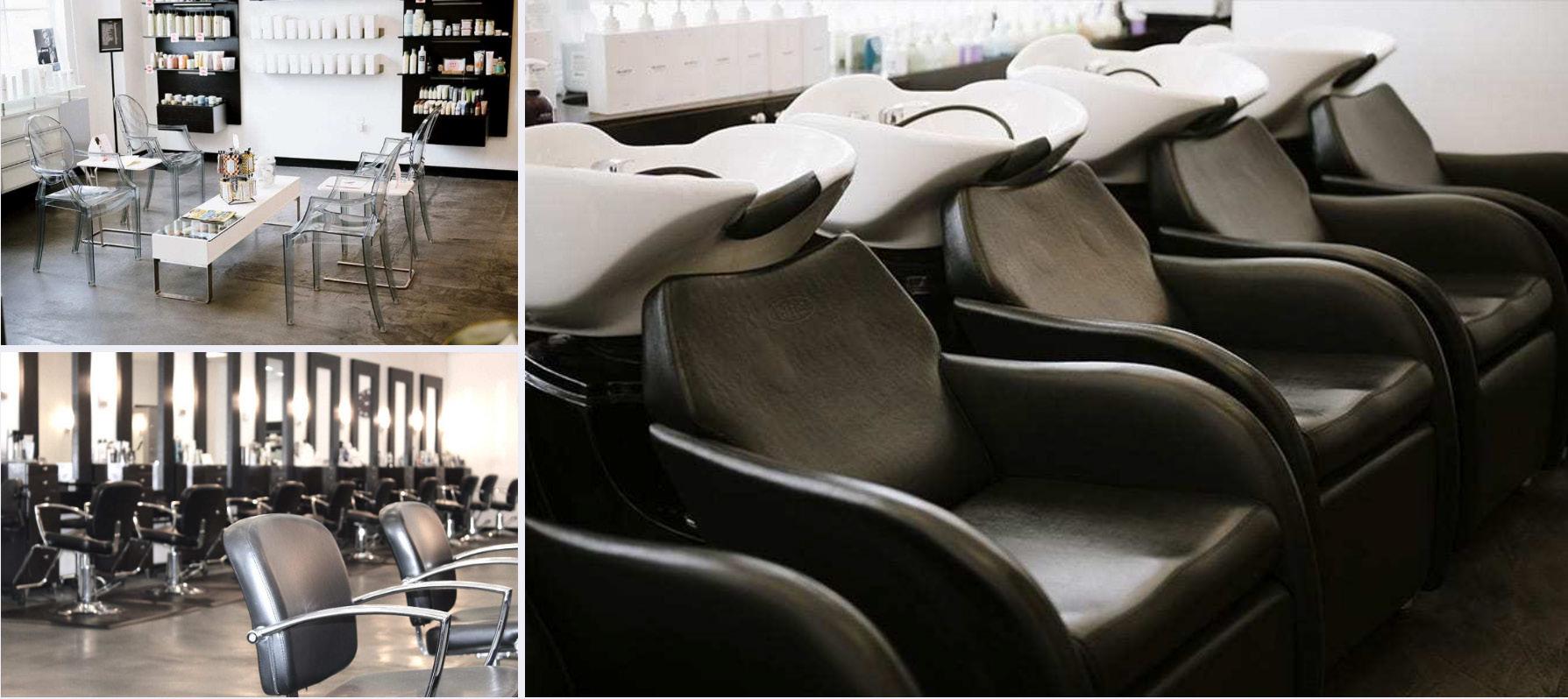

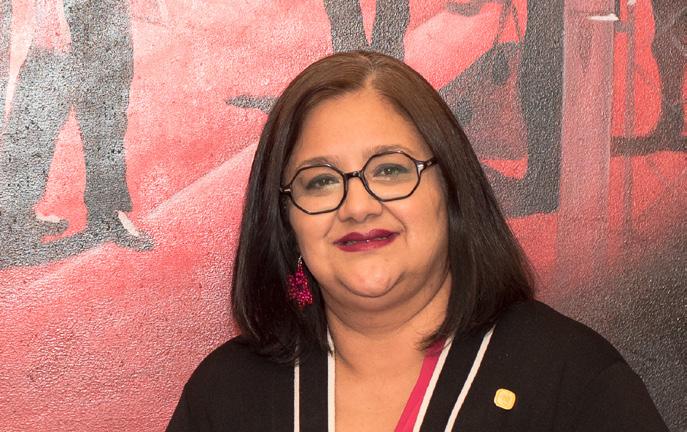




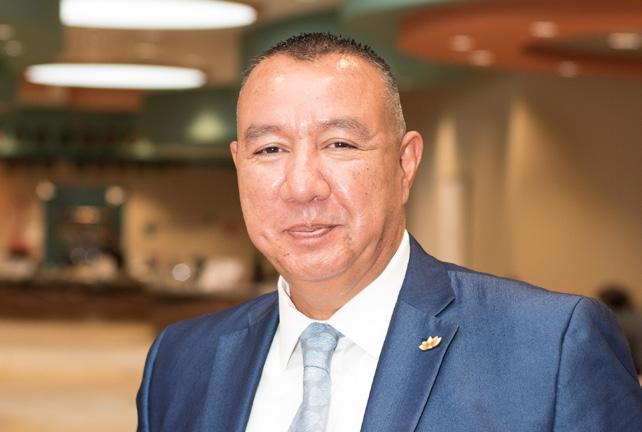


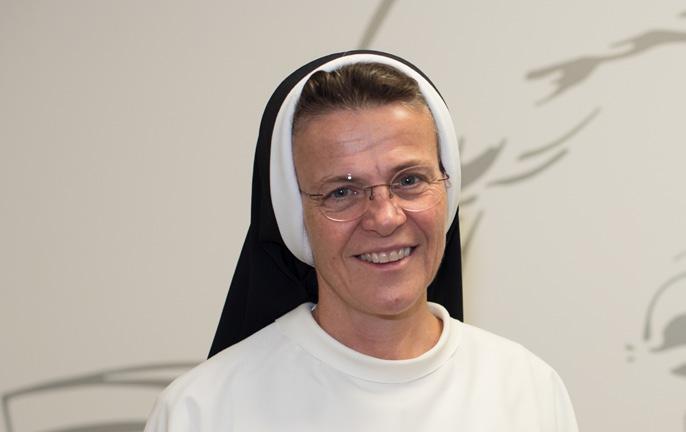


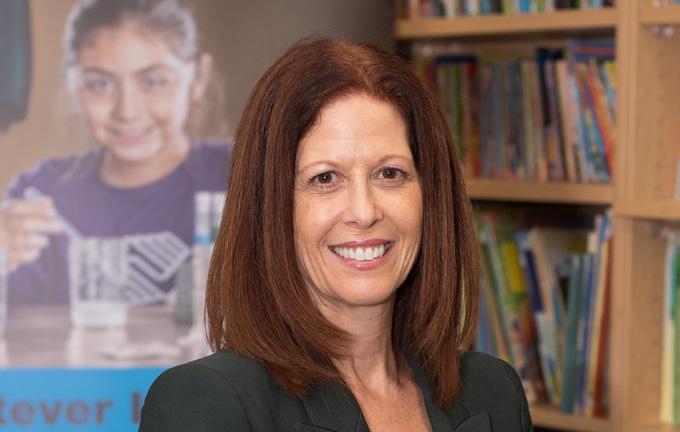

With approximately 30,000 visitors estimated to attend M3F in March, Margaret T. Hance Park has proved to be an ideal space for the festival team. Comprised of 32 acres, the tree-lined park is easily accessible by freeway, with hotels nearby for festivalgoers needing lodging. Art installations provide photo opportunities for attendees and are always a hit. This year’s installations are inspired by the Arizona landscape, paying homage to iconic spots like Estrella Mountain Park and Chiricahua National Monument.
Food and drink are essential components of any music festival and M3F turns it up with a curated collection of local food trucks. The Ponderosa Vendor Village is a space to chill, hydrate (a free water-filling station is available) and shop a mix of local vendors.

Executing a music festival is no small feat. Since its inception, John Largay has gotten by with a little help from his friends. His team relies on fellow industry leaders to





create the infrastructure for what is essentially a city in the park during fest weekend. Vendors in related fields help construct tents, build stages, deliver materials and take care of essentials such as sanitation, power, water and everything else required to pull off an epic and safe event.
Wespac volunteers are crucial to M3F’s success. Approximately 100 company volunteers are lined up and ready to serve again this year.

With nearly two decades of music festival history under its belt, M3F has honored its commitment to the Cs: community, culture and charity. “Our goal is to continue to raise more and more money for charity while staying true to the roots that got us to the place M3F is today,” Bailey said. “Wespac has played such a crucial role in M3F, and their involvement is what separates M3F from any other festival out there.”
For the full artist lineup, current ticket information and additional festival/charity details, visit m3ffest.com




“Wildcat: The Untold Story of Pearl Hart” by John Boessenecker

“Having worked in libraries from New York City to Phoenix, it should come as no surprise that I surround myself with books and ephemera. I recently finished this account of Hart and her notorious 1899 stagecoach heist that made her an Arizona legend that’s still talked about today. The dive into her family and Hart’s life is engaging and reveals many little-known aspects of this unique woman’s story. Available as print and audio, it’s a great way to get a glimpse through the curtain of Arizona’s history and a departure from those skewed Westerns filmed across Arizona’s landscapes.”
Learn more about Marshall Shore at hiphistorian.com







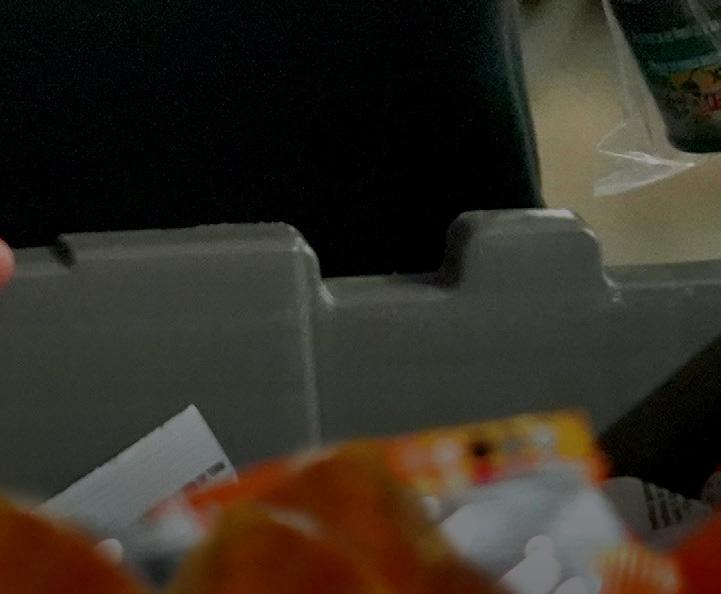
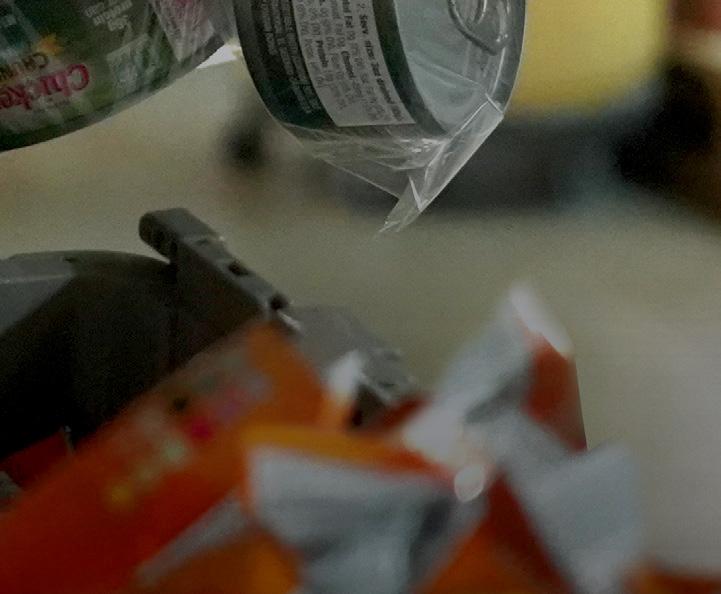
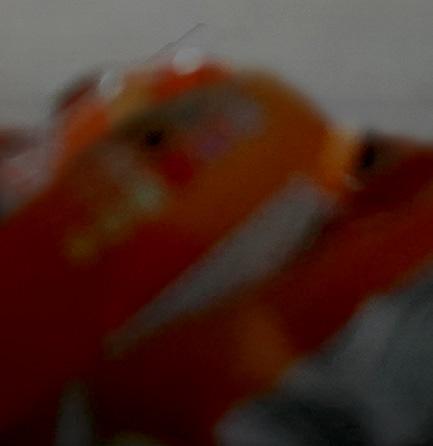

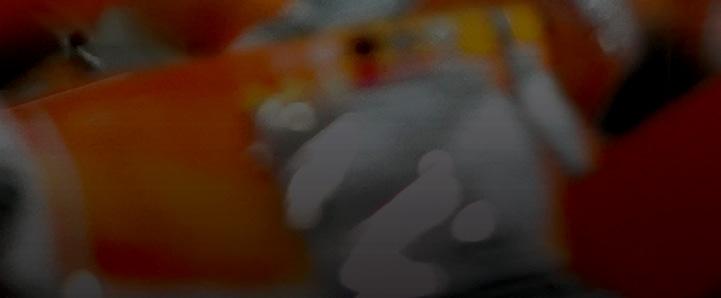



DATE: January 14, 2023
BENEFITTING: Brain Injury Alliance of Arizona CHAIR: Kathryn Pidgeon biaaz.org/2023bash
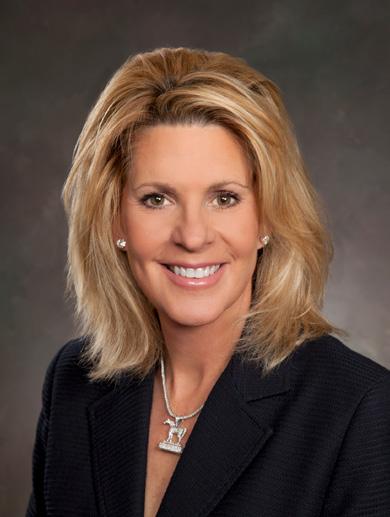

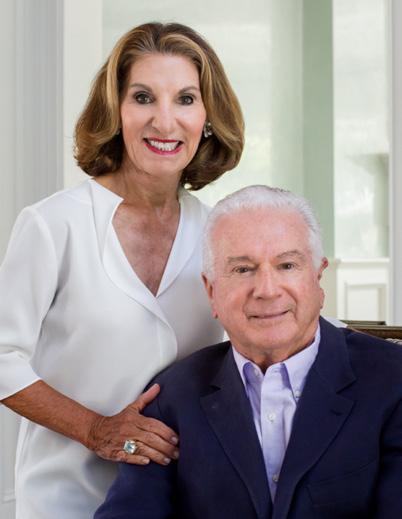

DATE: January 21, 2023
BENEFITTING: Women’s Board of Barrow Neurological Foundation

CHAIRS: Amy Cohn & Erin Gogolak supportbarrow.org/events
DATE: January 28, 2023
BENEFITTING: Phoenix Art Museum CHAIRS: Ellen & Howard Katz phxart.org/special-events-series/party2023
DATE: February 4, 2023
BENEFITTING: Arizona Science Center
CHAIRS: Dassher + Lisa Shover Kackley & Jerry Kackley galaxygala.org

A preview of the Valley’s premier philanthropic events and who’s leading these important efforts
DATE: February 18, 2023

BENEFITTING: Childhelp CHAIRS: Sheila & Mike Ingram, Kim & Rod Cullum childhelpdrivethedream.org


DATE: February 25, 2023
BENEFITTING: HonorHealth Foundation

CHAIRS: Sue Fletcher & Sandy Trznadel honorhealthfoundation.org/event/the-honor-ball

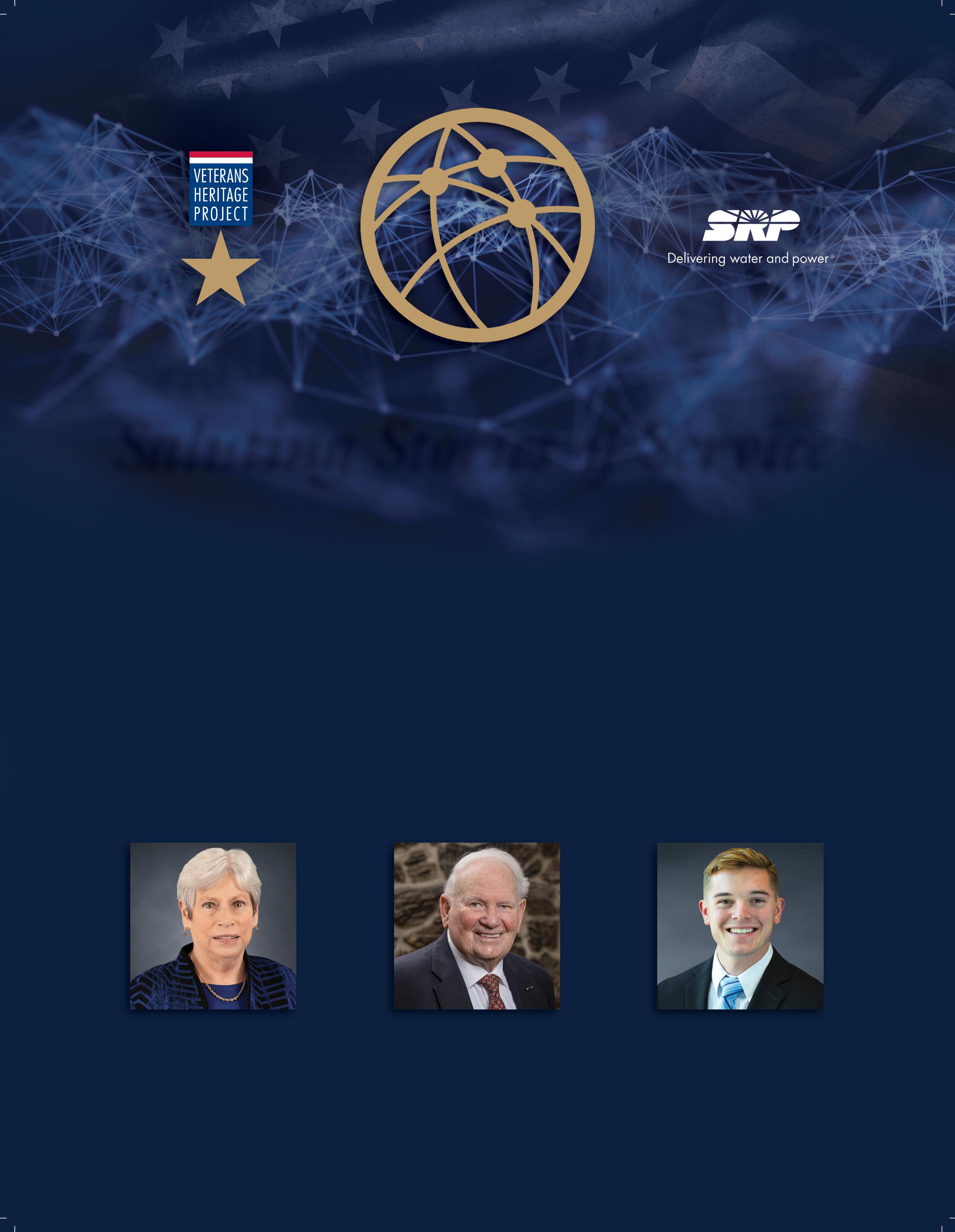


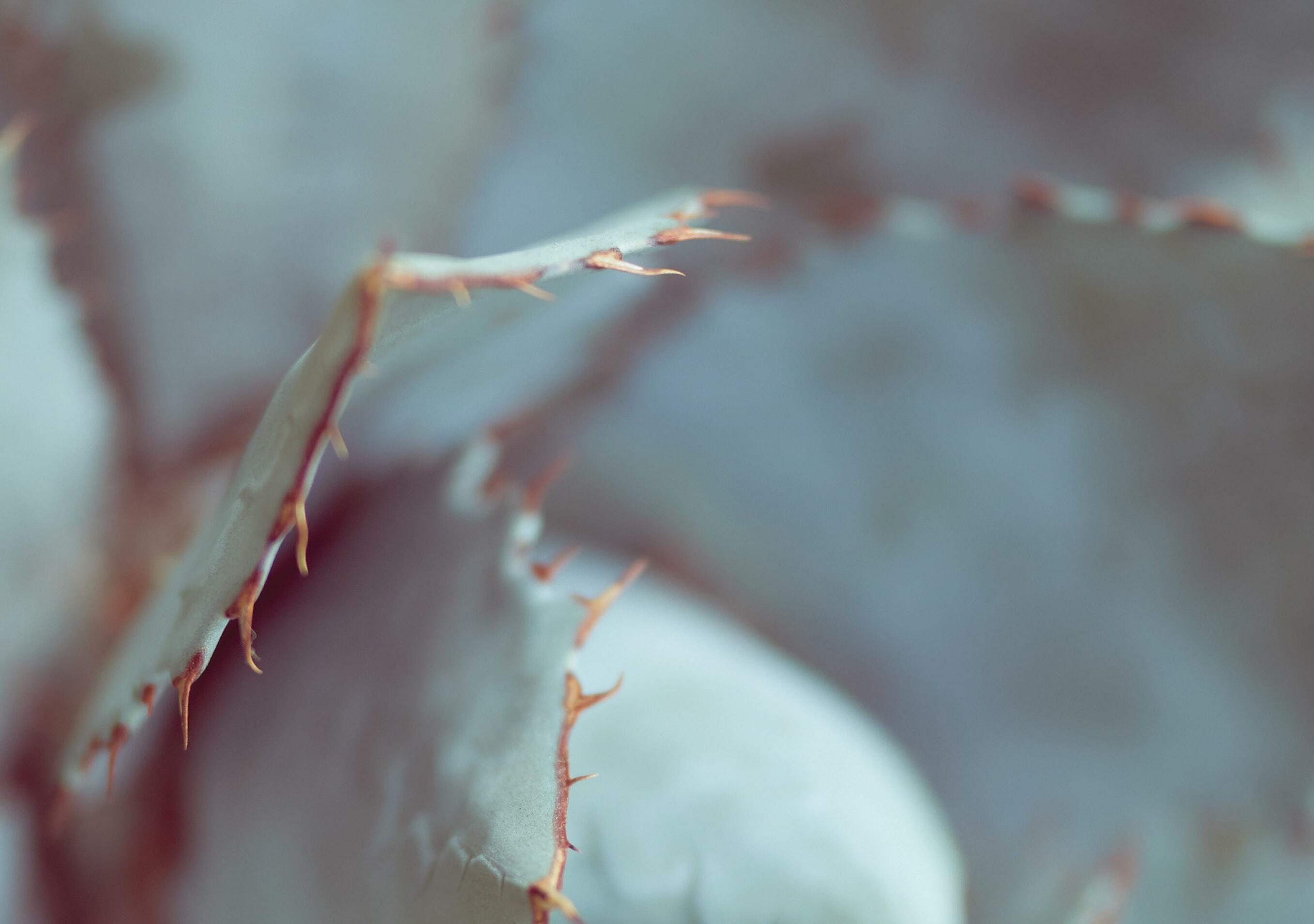



All eyes are on the Valley of the Sun as the most anticipated party season of the year is upon us. We’ve teed-up a collection of sporty luxe items to take you from the “Greatest Show on Grass” to Super Bowl LVII festivities in style.

 BY ZENOBIA MERTEL
BY ZENOBIA MERTEL

Bunky
Moncler

Neiman

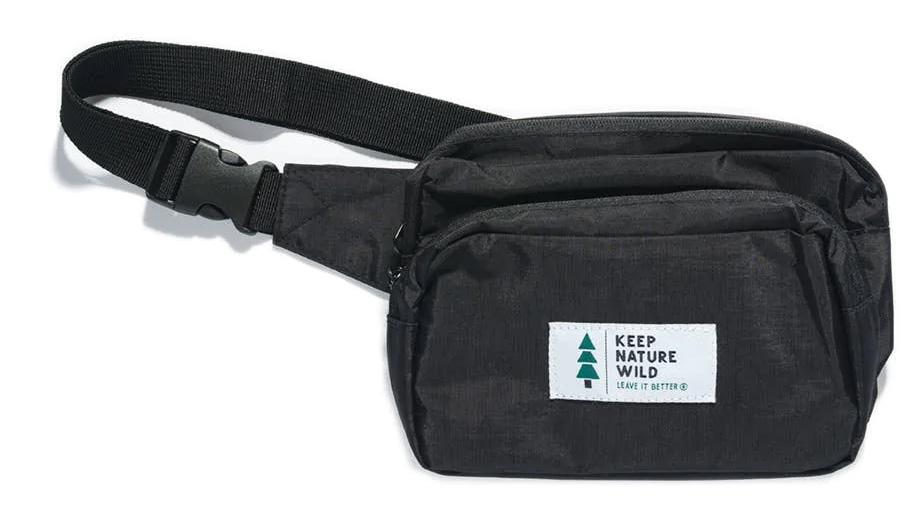

Missoni
Lola
Dylan
Botanical Quench Moisturizer | $85 sleekskin Aesthetics, Scottsdale sleekskinaz.com

The Edwin | $89 Ping ping.com
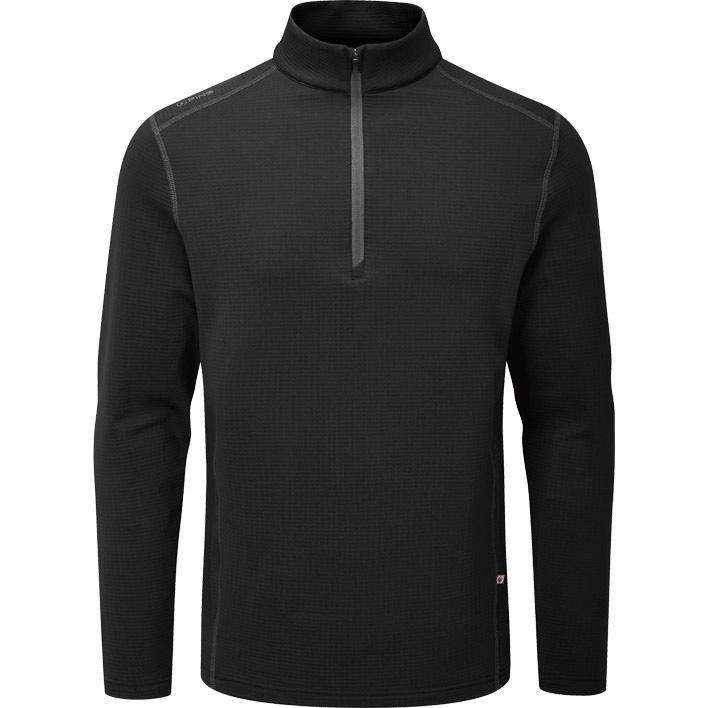
Patchwork Compass Down Vest | $398

Tory Burch, Scottsdale Fashion Square toryburch.com
Kurt
London Eagle Enamel Huggie Hoop Earrings | $78
Nordstrom, Scottsdale Fashion Square nordstrom.com
 Geiger
Geiger
By focusing on the first five years, we are making a difference in the lives of young children, their families and our communities. Get involved to support Arizona’s young children.

First Things First is Arizona’s early childhood agency, with free programs, information and resources to support great childhoods.



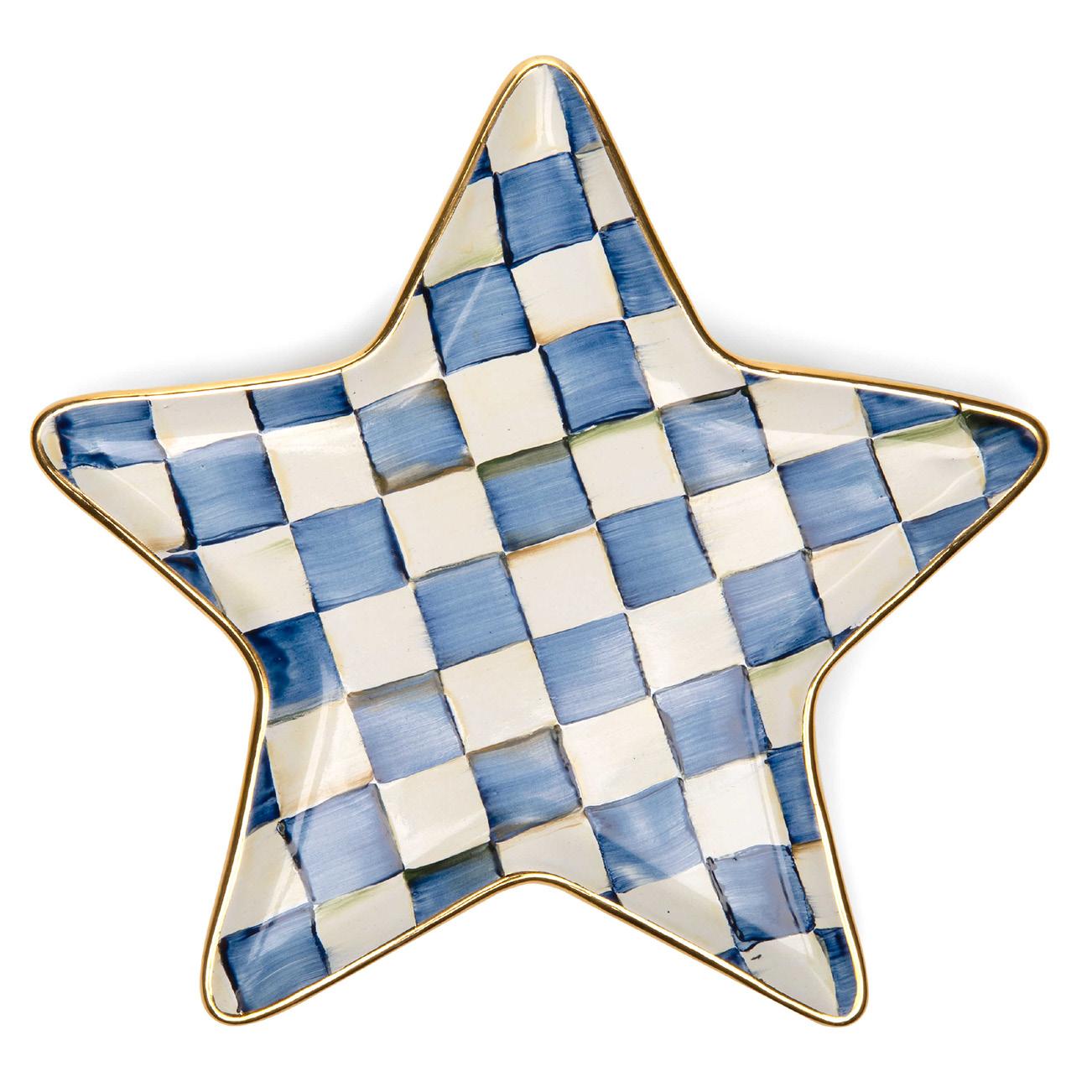


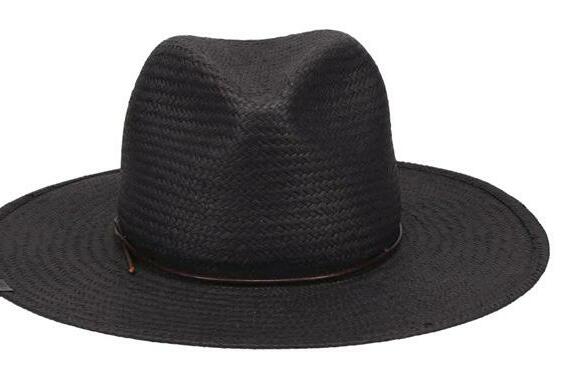











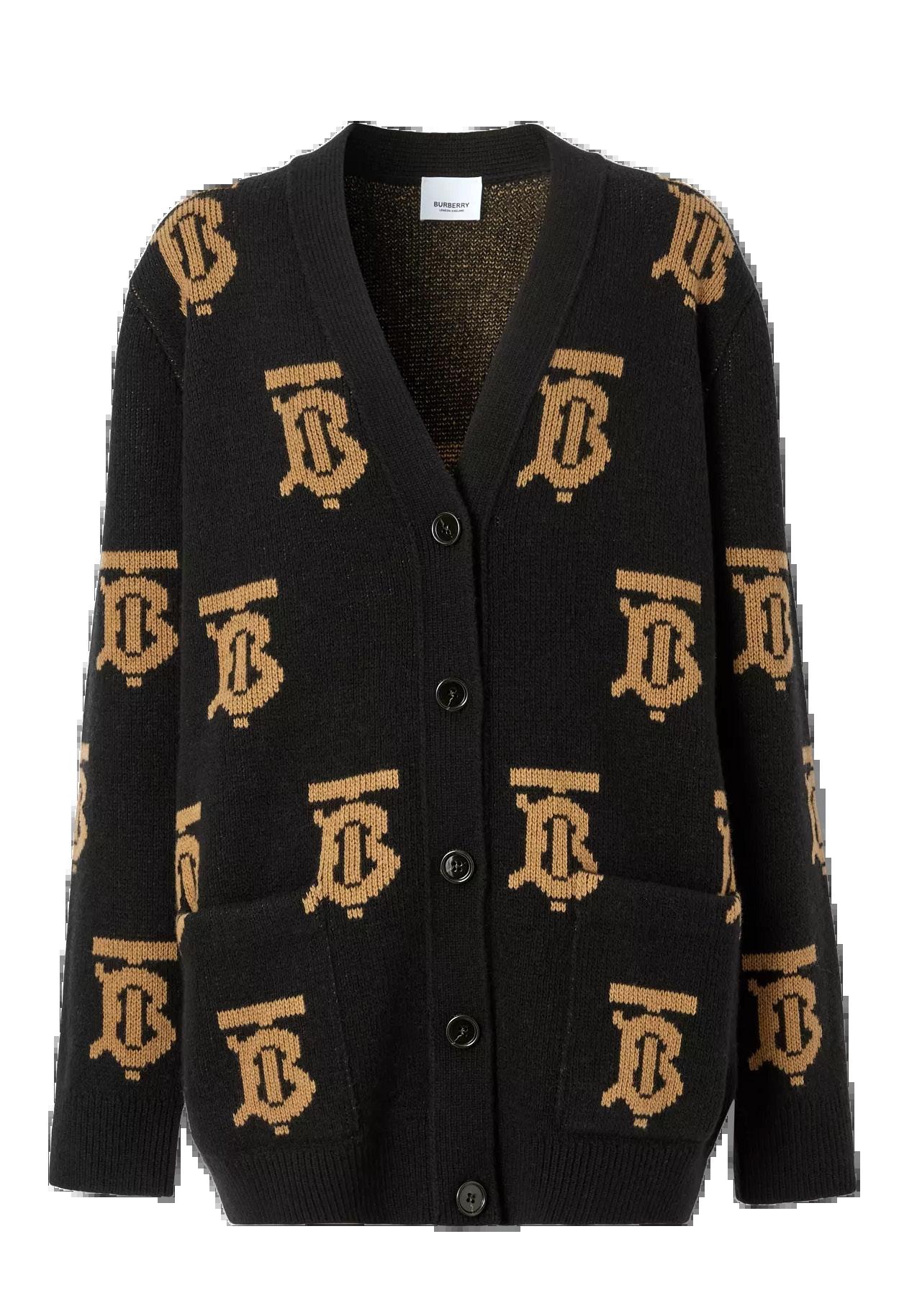







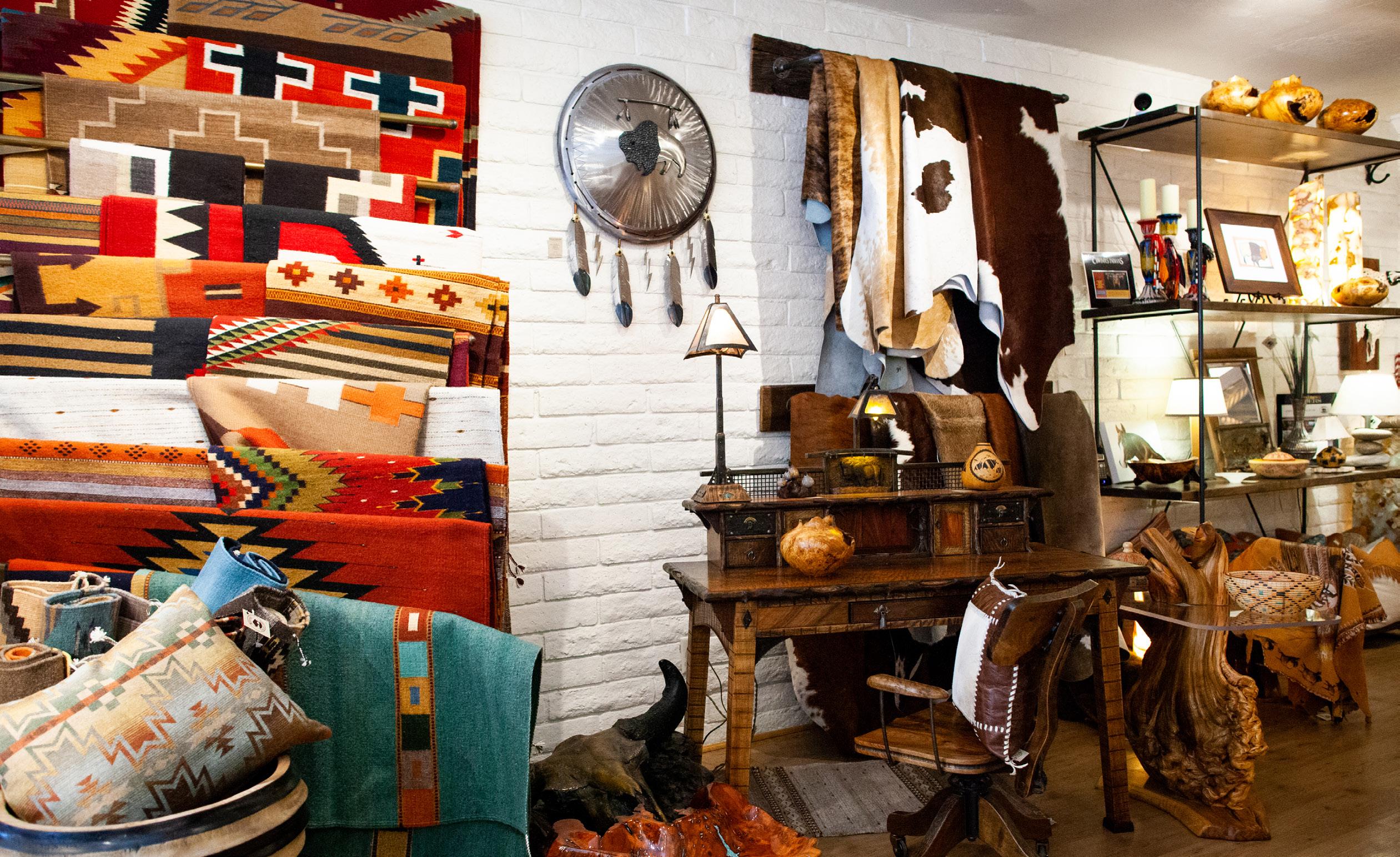 BY CASSIE HEPLER
BY CASSIE HEPLER
You can’t miss the giant black buffalo head hanging outside Buffalo Collection in Old Town Scottsdale, beckoning foot traffic to take a peek. Wood-inlaid turquoise furniture shines in the daylight and Native American rugs and petroglyph paintings on hide hang proudly while the intoxicating aroma of leather fills your nostrils once you inevitably get lulled inside.
The textures and carefully curated designs in each hand-selected piece can be customized to each client’s delight. Caramel-swirled onyx end tables and light fixtures, one in the shape of amber glass antlers, sparkle from the street. Cast bronze statues abound, one in the perfect Western-style cowboy doing the lean with his trusty saddle nearby. Artfully decked-out buffalo skulls, teeth and leather
on designer furniture fill every nook, as well as a buffalo head similar to the one outside, except in pristine taxidermy condition.
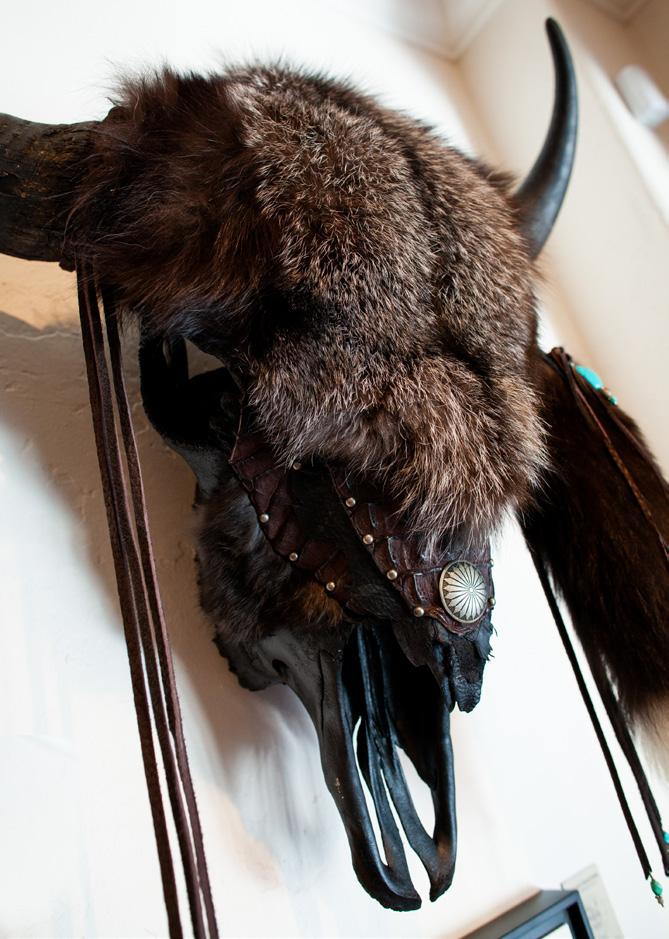

Much like the Native American tradition of using every part of the animal, Laura and Michael Levenberg have kept this homage to the original owner.
“Originally, Laura started working for the lady who started this whole operation on a bison ranch,” Michael said.
Founder and botanist Julie Littlefield started the concept at Scenic Mesa Ranch in Hotchkiss, Colo. Her vision was literally going back to grassroots with land restoration, as the bison had a way of bringing the native grass and dirt back to life. The new bison created more bison, which spurred the meat business, which led to tanning the hides and using all parts of the animals. Enter a fourth-generation furniture builder, and that’s how Buffalo Collection began.
Michigan-born Laura and Chicago-born Michael met in Colorado and fell in love. They bought the business from Littlefield before she died almost eight years ago and are keeping the tradition alive.

“Bison leather is thicker and stronger than cowhide on a molecular level,” Michael said.
He and Laura created the business in Aspen but longed for expansion as they shared the same wanderlust. “We picked Old Town versus North Scottsdale because it’s like the small town in the big city and reminds me of Colorado,” Laura said.
This season marks the couple’s 12th year at this location, but something was still missing. It became clear that there were a number of items not related to home furnishings that didn’t quite fit in the Buffalo Collection. So continuing to chase their dreams, they transitioned their storage location down the street into a storefront, and Buffalo Boutique was born.
“We opened a year ago. We wanted to open a secondary location for small pieces, handbags, jewelry, etc.,” Laura said. “It’s for smaller items that don’t fit in the showroom.”
The best part about both collections? All their artists from Colorado have stayed with the duo for all these years.
“It’s very organic. We haven’t sought out anybody. It’s been over time as we met people we think we would work well with,”
Michael said. “We know each and every artist we represent; it’s very curated. We handpick every piece in the collection.”

“Everything has a story, and the art is original art,” Laura said.
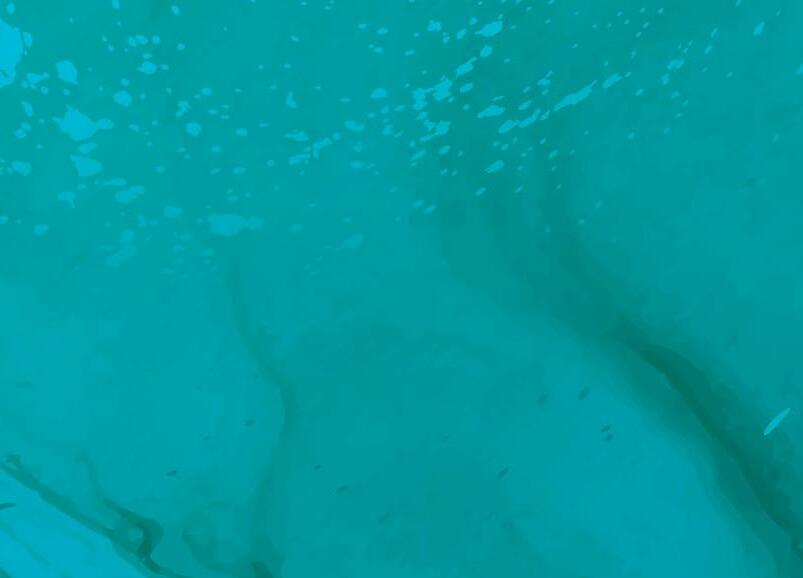

Clients have told them they don’t have to search the entire Southwest; they know the couple has already done that. The pair gets a lot of commissions, customs and color schemes. They plan to start a boutique line of furniture available online only, something more simple and not as customizable.

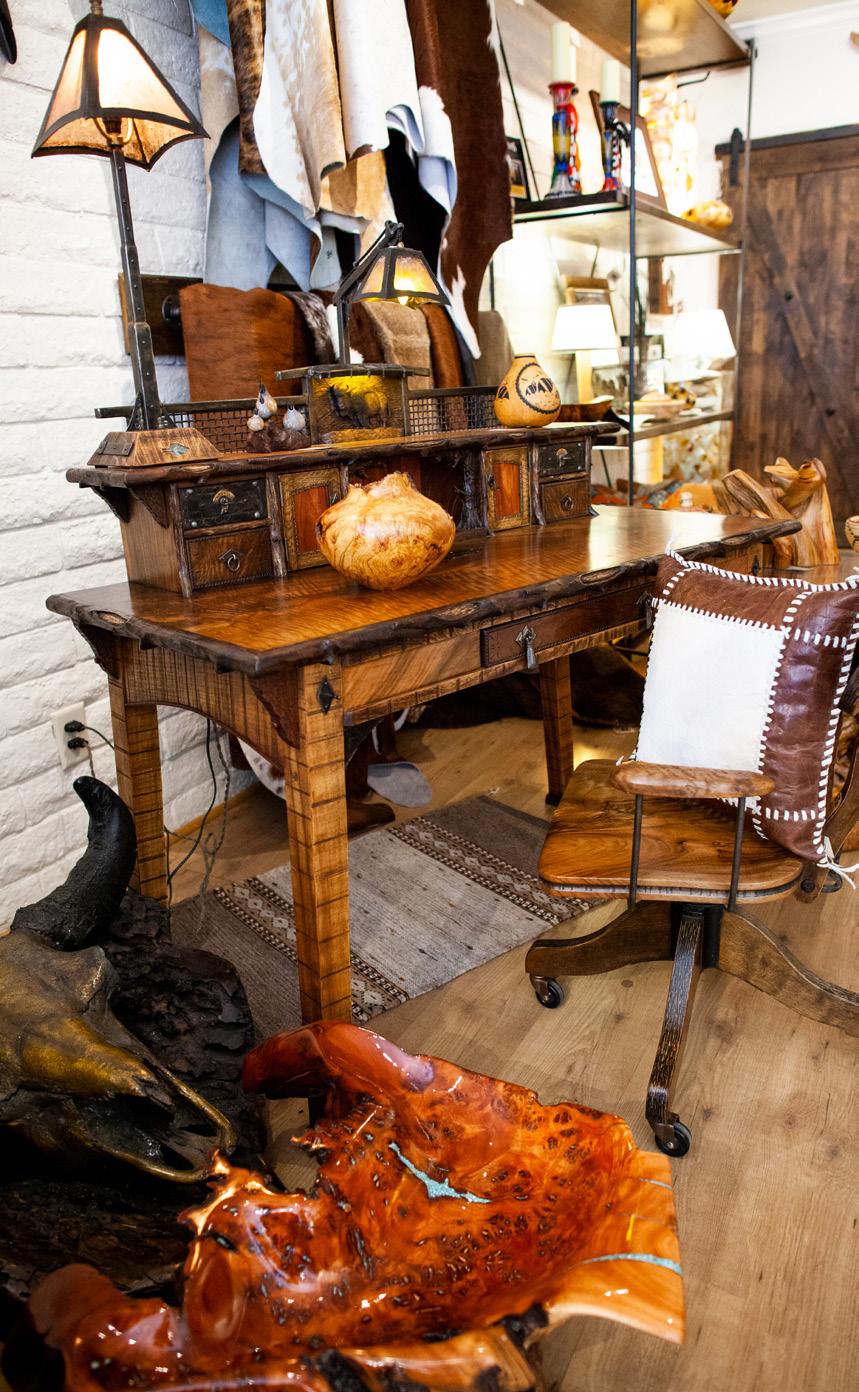
And what will the future hold for this ambitious couple?
There’s discussion of T-shirts, activewear and mugs designed by their artists, specific to the boutique, and getting creative with some one-of-a-kind clothing. Maybe even a secondary boutique.





It sounds like Buffalo Collection and Buffalo Boutique are ready to roam the range even more. To learn more, visit buffalocollection.com and the newly launched buffaloboutique.com.
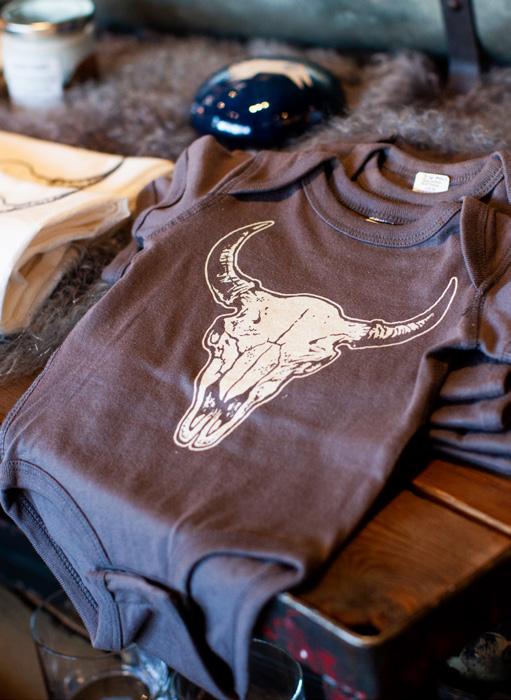


We may have the desert living thing figured out here in the Valley of the Sun, but there’s another desert destination along the I-10 to enjoy. Whether you’re up for a fun-in-the-sun weekend or a pit stop on a California road trip, Palm Springs and the surrounding communities are filled with chic resorts, creative dining and adventures everywhere you turn.
Mega-resorts have been a Palm Springs mainstay since the 1980s. Today, there are new offerings as well as classic properties that have stood the test of time. Kimpton Rowen Palm Springs Hotel boasts stunning views of the San Jacinto
Mountains, five dining options (including a rooftop pool) and access to the heart of downtown Palm Springs. Their seventhfloor signature restaurant, 4 Saints, is the perfect place to celebrate a special occasion or toast your arrival.
For old-school charm, check out The Colony Palms Hotel and Bungalows — one of California’s premier luxury hotels. Established in 1936, it has been recently renovated, keeping its period charm. Choose one of the 57 boutique rooms in the main building or experience one of the bungalows or a luxury suite. The Colony sits on a 3-acre oasis where you can enjoy many amenities, including custom beds with Italian Frette linens, complimentary Nespresso and luxe dining options for breakfast, brunch, lunch and dinner.

For a funky, boutique experience, check out the Parker Palm Springs. The Jonathan Adler makeover of the property in 2004 and interior design refresh in 2017 provide a feast for the eyes and fun everywhere you turn. Pools, lawn games and a spiked lemonade stand create a stay-and-play vibe, as does the yacht club-themed spa. For a special occasion, consider booking the Gene Autry two-bedroom house on the property, which includes a private screening room.
We can’t forget our golf and tennis enthusiasts! If you’ve never been, the 45-acre La Quinta Resort & Club is a bucket-list stay. The hacienda-style property has 40 pools, 21 tennis courts and five golf courses. If you’re headed to Coachella or Stagecoach this spring, this is your luxury spot to escape the crowds without being too far from the action. Make sure to get a reservation early to dine at the iconic Cliffhouse restaurant or Lavender Bistro during your stay.
Up for brunch al fresco or a sunset cocktail? Visiting a few other plush resorts is something to consider … and a way to check out options for your next stay. The Pink Cabana at the Sands Hotel & Spa has a whimsical dining room with Moroccan accents designed by Martyn Lawrence Bullard. The Mediterranean menu includes freshly shucked oysters with preserved Meyer lemon mignonette as an all-day offering, chorizo shakshuka for brunch, and king salmon with a vadouvan curry crème and seasonal cocktails influenced by the Great Spice Route each evening.
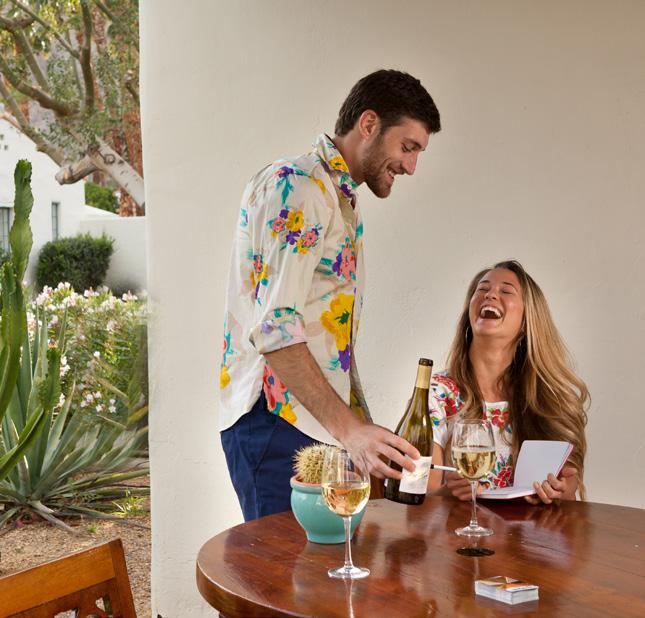
Palm Springs has long been known for its Mexican restaurants and that proud tradition continues. While strolling downtown through shops and galleries, swing by Tac/Quila for a flight of four uniquely flavored margaritas (think Pineapple Passion and Spicy Cucumber), an extensive taco menu and elevated entrées like avocado tempura, seared ahi tuna with mango salsa or octopus ceviche.
For a special night on the town, Workshop Kitchen & Bar is a modern farm-fresh destination for evening dining only. Small plates include fig & burrata, goat cheese pierogis and curried sweet potato & peanut soup. The curated entrée selections are colorful interpretations of items like black cod, Flannery flat iron steak and even a pork chop. And if wine pairings are your thing, their list is extensive.
Want to dine like a local? Here are three picks deemed “not-to-miss.” Bar Cecil, an homage to Cecil Beaton, commemorates the late artist’s expressionism, individuality, charm and style. Check out the creative menu, including beef tartar and red Thai curry mussels, and splurge on the $50 martini and Ossetra caviar. Le Vallauris in downtown Palm Springs is the highest-rated restaurant in the valley. There, chef Jean-Paul Lair offers unbeatable, traditional French dining. For the ultimate nostalgia, dine in Cary Grant’s former guesthouse at Copley’s on Palm Canyon and enjoy a rustic setting in the heart of Palm Springs. Indulge in crafted cocktails, poached Maine lobster, charred beef filet or Mediterranean spiced Colorado lamb.
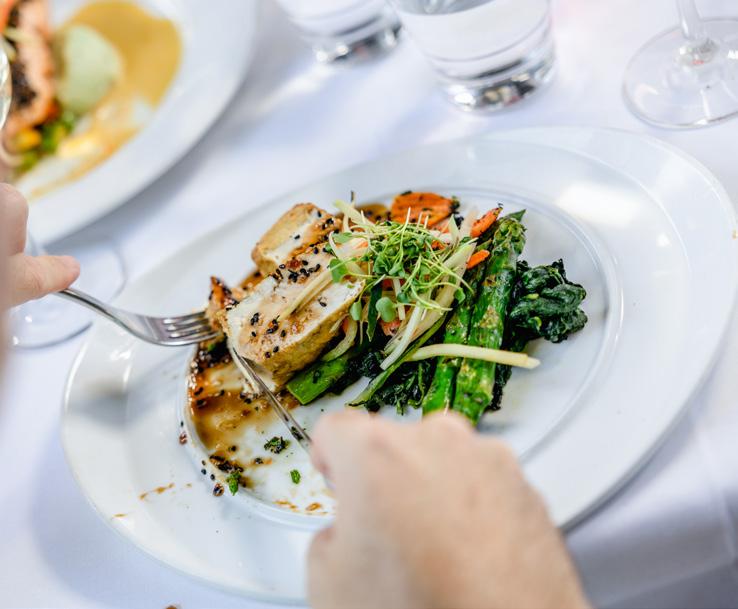
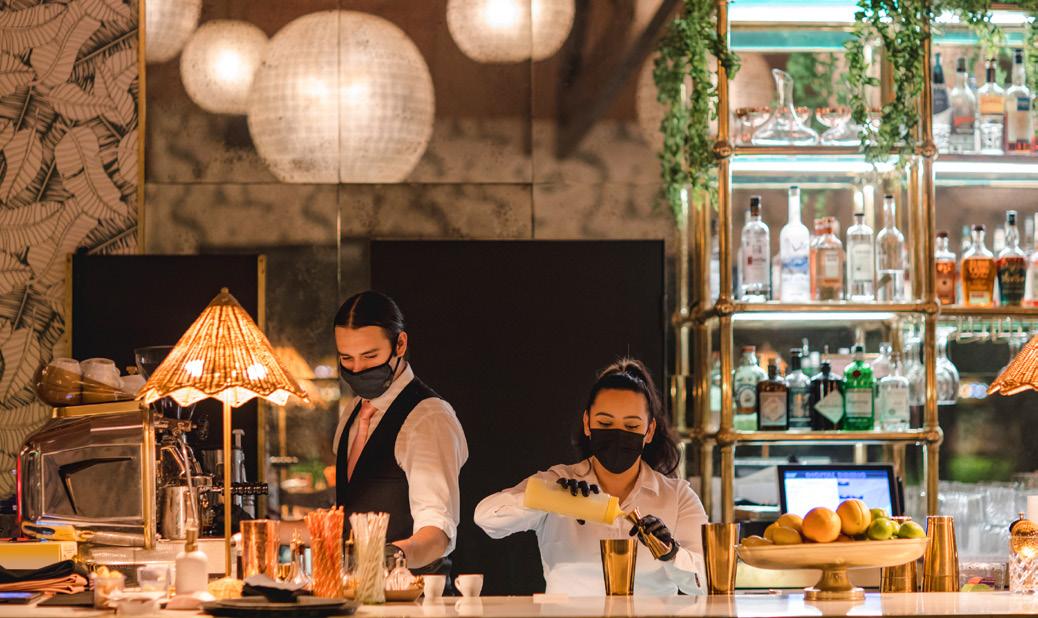
Architecture tours are in vogue these days and Modern Tours Palm Springs has several options. These guided driving tours offer celebrity abodes (Elvis, Bob Hope and Leonardo DiCaprio!), mid-century modern masterpieces or a Palm Canyon walking tour. If you’re heading there in fall, Modernism Week takes place over 11 days each October and features insightful presentations, house tours and iconic red bus excursions to learn about the architectural history that helped lay the foundation for what the city would become. Looking to add to your art collection or glimpse inspirational works of art? Start with the Palm Springs Art Museum while visiting downtown for an eclectic mix of Western art, modern exhibitions and rotations of sculpture,
photography and glasswork. To take in the many galleries, start with an afternoon on Palm Canyon Drive or do some research to create your own gallery tour throughout the vast desert enclaves.
If the outdoors are your thing, there are some can’t-miss natural wonders. For a view from the top, the Palm Springs Aerial Tramway is the world’s largest rotating tram car. It climbs over 8,500 feet up Chino Canyon to a mountaintop with restaurants, a natural history museum and the gateway to 50 miles of hiking trails. To take in the sights across the sandy landscape, check out the local Jeep, ATV or covered

wagon tours, horseback outfitters and bike rentals. After the sun goes down, reserve a spot to see the stars like never before from Joshua Tree National Park with state-of-the-art telescopes and storytelling by the team at Sky Watcher.
If shopping is your sport of choice, Palm Springs is a mecca. From the tony El Paseo Shopping District in Palm Desert to the bargain-hunters paradise at Desert Hills Premium Outlets in Cabazon, luxury brands and independent boutiques will tempt you to find a special souvenir (or 10) during your trip.
To learn more, go to visitgreaterpalmsprings.com
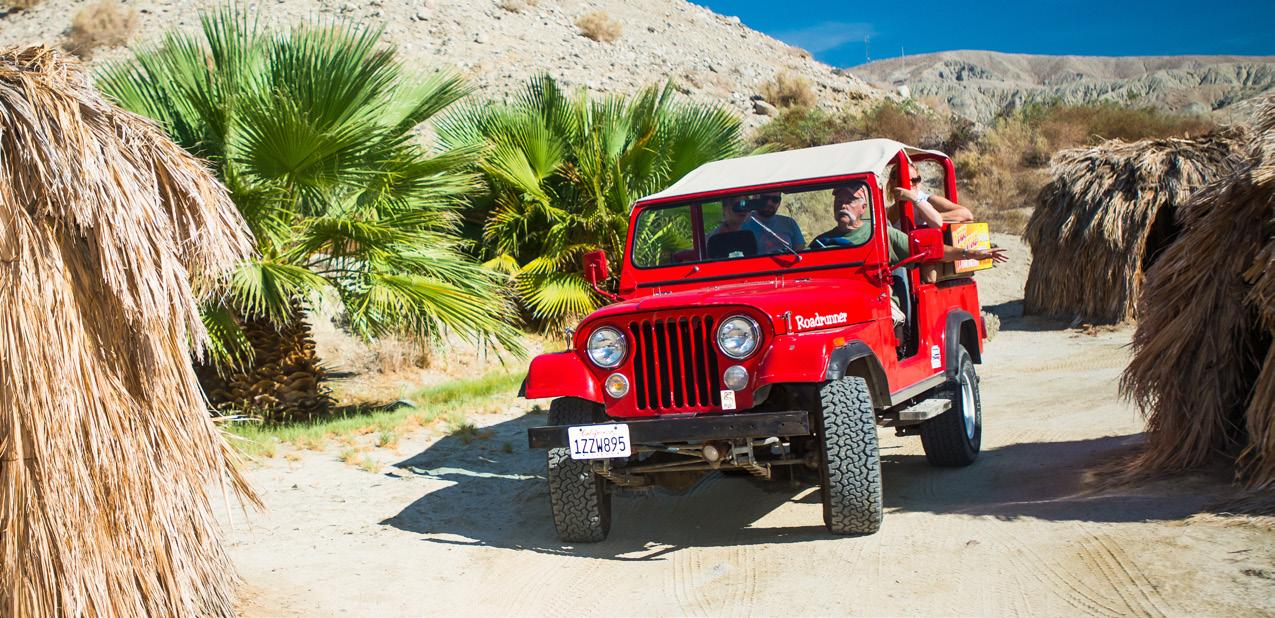
4001 N. 24th St. Phoenix, AZ 85016
www.WhiteHouseFlowers.com ph: 602.957.0186 fax: 602.956.0463
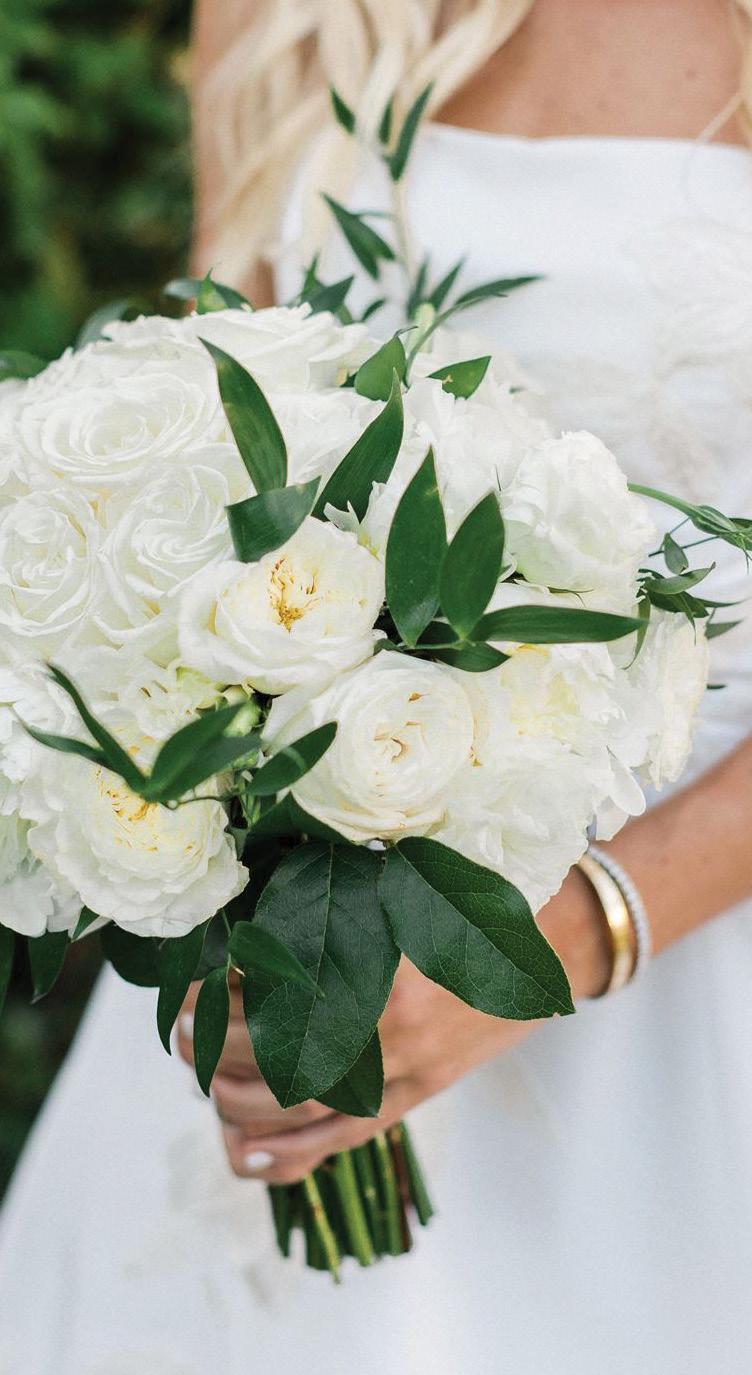
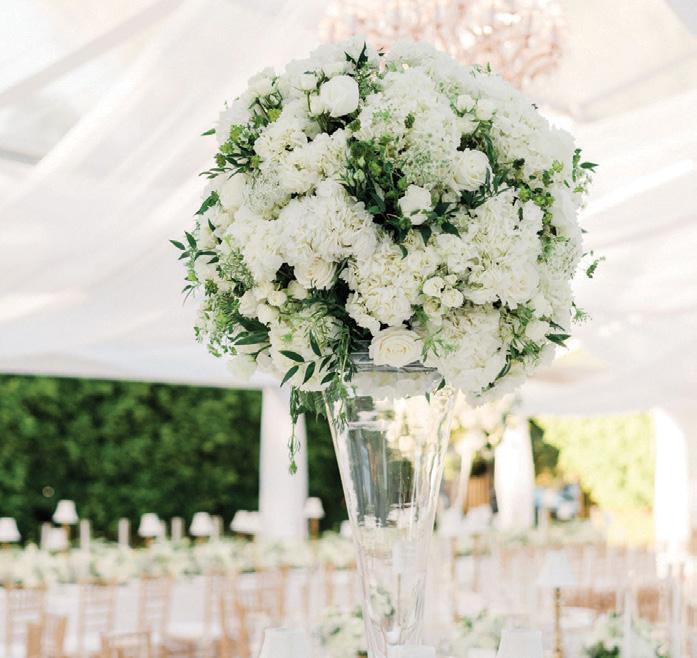

If you’re an animal lover, consider choosing Gabriel’s Angels as a charity when filing your state taxes. We are one of the only animal-related charities that offers you a chance to make a donation and get it all back with the Arizona Tax Credit. With your gift, we can reach more vulnerable children who are hurting and in need of the unconditional love and support of a therapy dog.





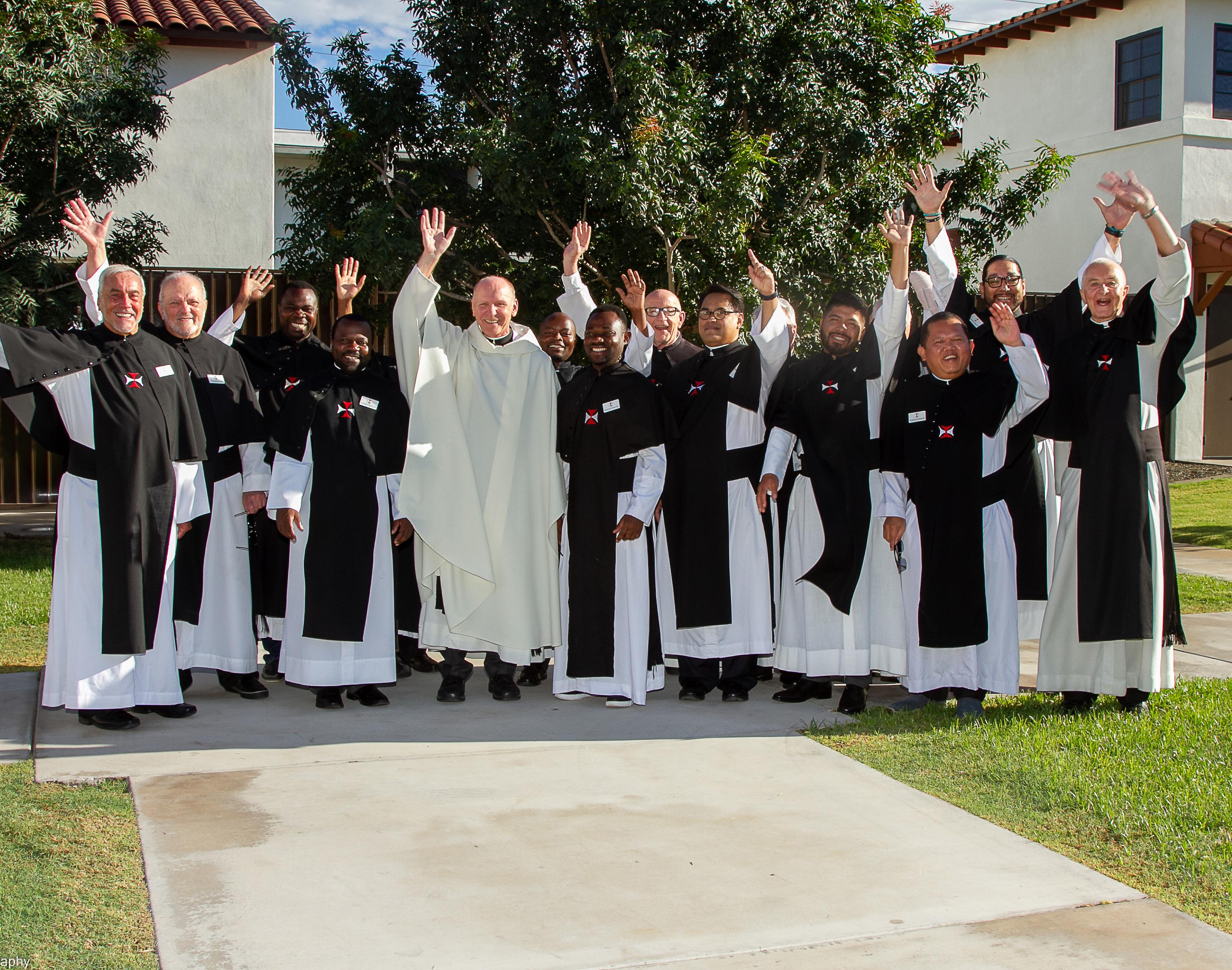 BY JUDY PEARSON
BY JUDY PEARSON
In 1916, the city of Phoenix ended at the Salt River. But Dwight B. Heard, one of the largest landowners in the Salt River Valley, saw value in the “South Side.”

His newspaper, The Arizona Republican (now The Arizona Republic), proudly displayed his real estate ads for one-acre homesites on the south side, near the Neighborhood House, a community gathering place.
In 1918, Heard thought an acre of that land, located
at Southern Avenue and 7th Street, would make a perfect site for the Congregational Church, which had been meeting in the Neighborhood House. Now they would have their own buildings, beginning with a parsonage. “A good sum was pledged at once,” the newspaper reported about the initial fundraising. And another $525 was donated four days later at the Sunday church service (the equivalent of more than $10,000 today). The parsonage was completed in a matter of months.
The Crosiers envision a place where no one walks alone
Time passed. Phoenix grew to envelop the “south side,” and the church continued meeting at the Neighborhood House. Finally, in the mid-1940s, a sanctuary was built for the Congregationalists to call home. As the decades passed, the church changed hands and denominations. But through all of its iterations, the stately building and stunning stained glass windows welcomed all to worship, regardless of denomination. And the tradition of being open to all paved the way for the perfect second act for this gift from Dwight Heard.
The Crosiers, a 1,000-year-old religious order, came to the United States in the 19th century. The small group of priests spread across the country. Never judgmental nor intent on proselytizing, the Crosiers’ mission was simply to reach out to those who live unrecognized and in the margins.
The Crosiers who had arrived in Phoenix over the years served within the Diocese of Phoenix. In 1983, a community was officially established, but they realized there were even more ways they could serve the people of Arizona. As part of a national reorganization in 2000, Phoenix became the national Crosier headquarters. The growing community soon needed more space. They found their forever home when they purchased the former Neighborhood Congregational Church.

Today, the priests embrace the opportunity to be present to those in need via a wide range of ministries. They offer vibrant Sunday worship services, welcoming all denominations as has always been the tradition in that sanctuary. Other work includes assisting in local parishes, elder care, campus ministry, veterans programs, immigrant services and visiting memory care patients. Some of their most moving work occurs as a result of their jail ministry. The Crosiers are often the only visitors the inmates receive. And sometimes, miracles happen.
In spring 2022, Phoenix Crosier Father Tom received a letter from an inmate he had been visiting and praying with. The man wrote that a fellow inmate came to him asking for help after a loved one had died. Father Tom’s protégé was able to provide solace.
“I gave him words of love and comfort and peace. I was letting him know that he is not alone, and that God has His arms … wrapped around him,” the inmate explained. “Many of these youngsters come to me and ask for different kinds of advice or encouragement and, without hesitation, I am there for them.”
And then the big question: “Is putting my life on hold for 25 years a reason for finding my purpose? Is this where I really need to be right now?” The inmate knew the answer before Father Tom gave one.
As the result of a generous community, the Crosiers have just completed the construction of their new priory building, giving the 16 priests a place to live and pray together, and an opportunity to be where they need to be.
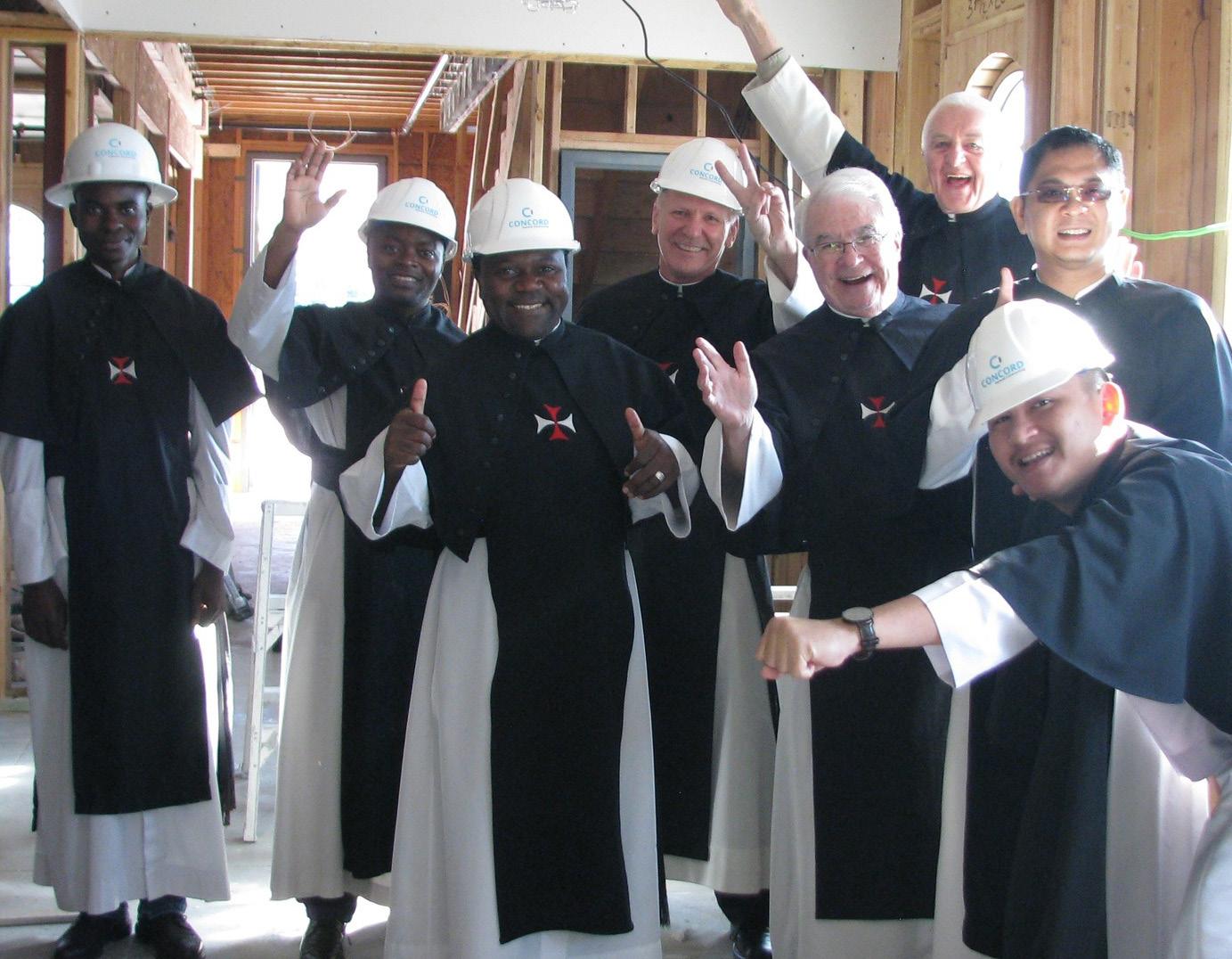


They are a lively group that loves life and sees every day as a chance to serve their fellow man. Although called Crosier Village, their home is akin to a resurrection of the Neighborhood House, as they continue their mission to welcome all and “touch suffering with hope.”
To learn more, visit crosier.org.
 The Crosiers have U.S. communities in Phoenix and Onamia, Minnesota.
The Crosiers have U.S. communities in Phoenix and Onamia, Minnesota.
Geoffrey Beene, dress, Spring 1988. Collection of Phoenix Art Museum, Gift of Patsy Tarr.
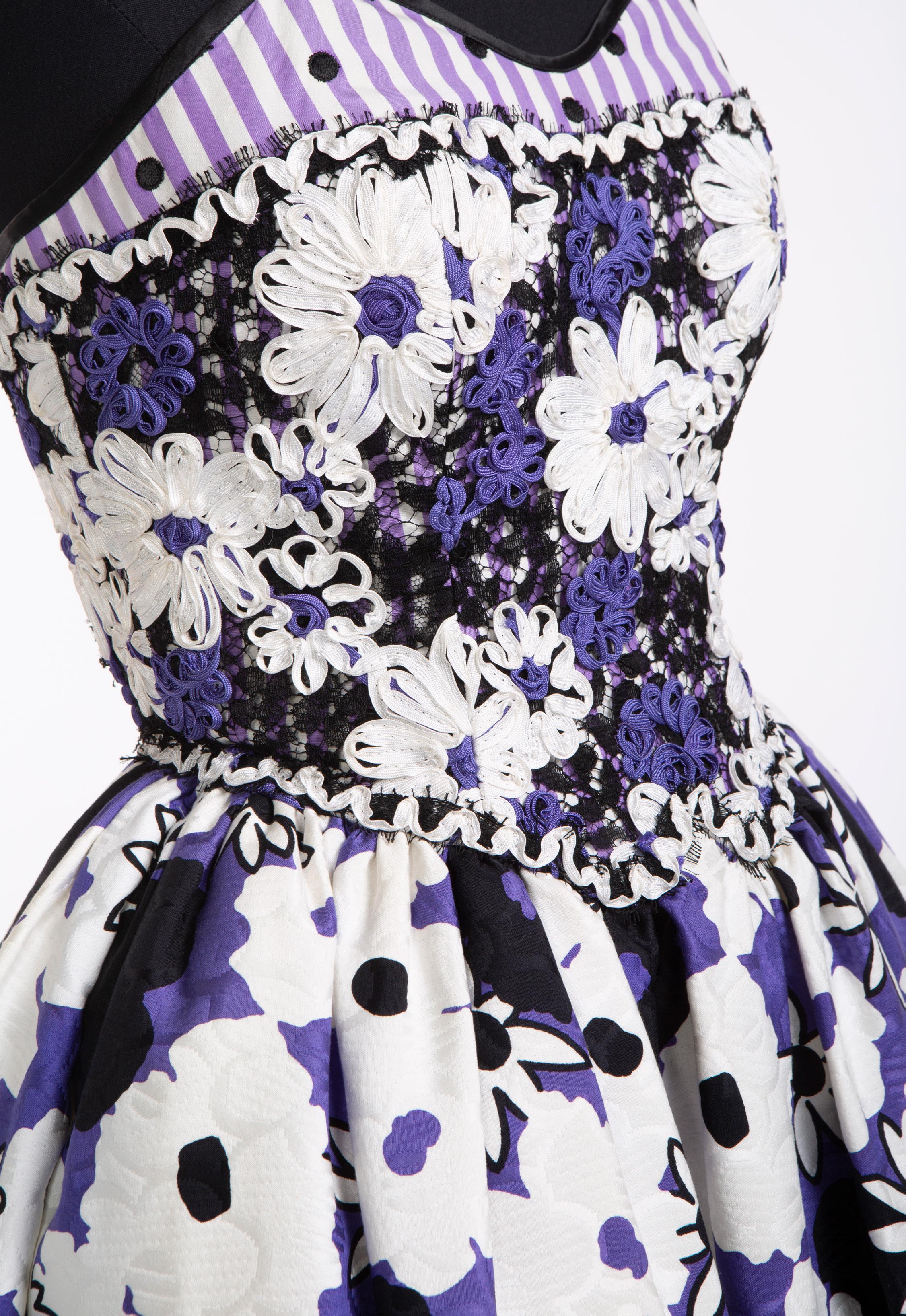 Photo by Dan Vermillion.
Photo by Dan Vermillion.
You might know Geoffrey Beene’s name from his men’s shirts or Grey Flannel cologne. What you may not know is that Mr. Beene — as he was known in his lifetime — was also an exquisite craftsman, the maker of visionary haute couture for women, who combined luxury with superb design and comfort.
“That is a blend that we do not find with many designers,” said Helen Jean, the Jacquie Dorrance curator of fashion design at Phoenix Art Museum. “Mr. Beene’s contemporaries were also making beautiful, luxurious garments using incredible fabrics. But Mr. Beene was committed to comfort.”
Today, thanks to the friendship between a New York publisher and a local philanthropist, Phoenix Art Museum possesses one of the premier collections of Geoffrey Beene’s work and is preparing to tell an important part of his story to the world.

Born in 1924, Geoffrey Beene was one of the most awarded designers of all time — a designer’s designer who dressed movie stars like Faye Dunaway and Glenn Close and first ladies like Lady Bird Johnson, Pat Nixon and Nancy Reagan. Deemed an “American Original” by the Smithsonian, Beene received eight Coty Awards, the most awarded to any one designer. Yet despite his success, the soft-spoken Beene nimbly, repeatedly pivoted to experiment with movement and form.
Phoenix Art Museum’s new exhibition, MOVE: The Modern Cut of Geoffrey Beene, examines the bold, imaginative fashions of the late designer, specifically his work in the mid-1990s. “During that time, he was doing these beautiful runway ballets, where he was working with choreographers and dancers to create fully realized balletic presentations that were his runway shows,” Jean said.
The exhibition came about thanks to the gift of Patsy Tarr, a prominent supporter of dance in New York and the founder and publisher of the award-winning 2wice magazine. Today, Tarr is a respected doyenne of the arts, but back in 1979, she was a young working woman who needed a wardrobe that would transport her from the responsibilities of motherhood by day to the sophisticated world of dance by night.
She remembers the first Geoffrey Beene creation she ever wore. “I honestly just loved how it looked on me,” she said. “I had had a baby, and it was roomy across the bosom and had a full skirt and jacket so it sort of covered me up and showed off my few assets. I just looked a whole lot better in that dress than I normally looked!”
That ballgown led to a collaboration that lasted 20-odd years. “It became easier to depend on Geoffrey Beene because it never failed. No matter what you selected, it was going to be great,” Tarr said.
Apart from the impeccable clothing, Beene and Tarr came together around their shared love of dance, which they discussed often. “He was from a completely different, earlier generation of people working seriously in the arts,” Tarr said. “One of his design ideas was jumpsuits.”
Made in solid patterns in a solid color, the garments created dancerly illusions. “If you squinted, you sort of looked like a line moving in space,” Tarr said. “I thought that was about as close as a civilian could get to looking as though they were dancing. That’s what really hooked me.”
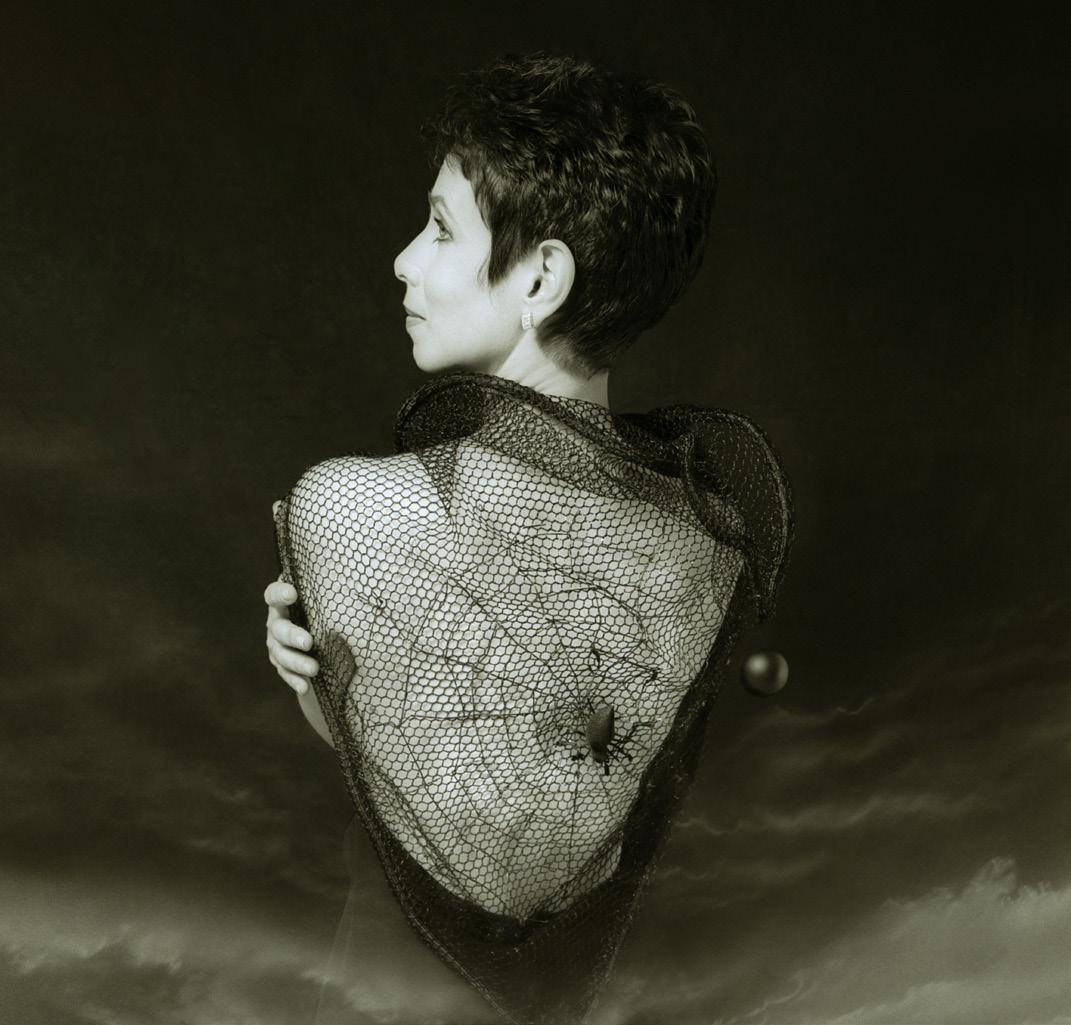

And with that, Tarr became a walking advertisement for the modernity and versatility of Beene’s fashions. A busy mom with two young children, she literally jumped into his jumpsuits for philanthropy events at night.
Beene’s original plan had nothing to do with fashion. He was raised in rural Louisiana in a family of doctors who expected him to follow the same path. After studying medicine for three years at Tulane University, Beene transferred to the University of Southern California and worked in the display department of I. Magnin until 1947.
Beene’s early anatomy training was always apparent in his work, particularly in how he placed seam lines. His seams rarely cut straight down the body. Instead, they curved, spiraled and wrapped, tracing the body’s natural musculature and suggesting movement and speed.
“It’s creating movement in the most practical way in that it’s wrapping around the body. It’s allowing the body to move because it’s hugging the body tightly,” Jean said. “It’s creating a shape that becomes a second skin, but it’s also creating visual movement.”
Inspired by the sinuous lines of the human body, Beene sought ways to engineer beautiful modern garments that allowed the wearer to move freely through life. “Beene was committed to creating clothing that supported the woman and helped his wearer shine,” Jean said.

Count local philanthropist Ellen Katz among Beene’s many fans. What does she admire about his designs? The list is long. “The overlays of fabrics, the cut of the silhouette, the quality, the uniqueness, the styling,” she said. “He was ahead of his time and very architectural in many ways, yet there’s this wonderful, fanciful element as well. His clothes were just stunningly beautiful.”
A longtime friend of Patsy Tarr, Katz recalls the two wearing Beene’s clothing in New York in the 90s. “I would have a few pieces here and there, a ballgown or something, but that’s all Patsy wore. She usually wore black jumpsuits and put stunning boleros or tunics on top. She had an amazing collection,” Katz said.
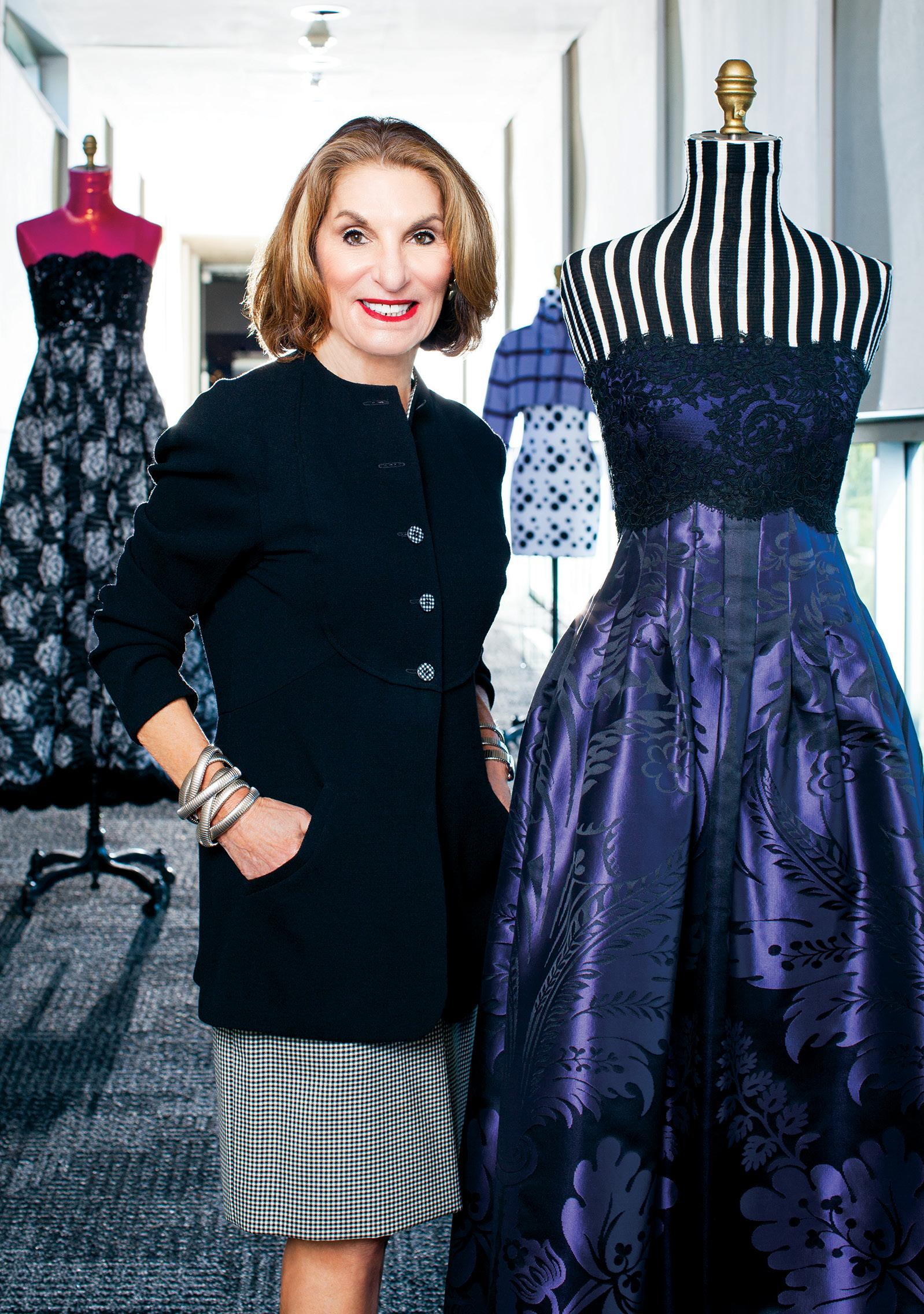
Then, years later and out of the blue, Tarr called her friend Katz and told her something shocking: She wanted to get rid of her Beene clothes.
Katz and her husband Howard started visiting Arizona 24 years ago to play golf. (Today, they split their time between Carefree and New York.) They joined Phoenix Art Museum’s Circles of Support program to get involved in the community. It was a perfect fit for Katz, who majored in art at Northwestern University.
Geoffrey Beene, bolero, 1980s.

Collection of Phoenix Art Museum, Gift of Patsy Tarr.
Photo by Dan Vermillion.
Though he was a superlative technician and fashion pioneer, Geoffrey Beene isn’t as famous as some of his peers. By the mid-1970s, he had licensing agreements for items like eyeglasses, bed sheets and his distinctive Grey Flannel cologne, but his name wasn’t emblazoned on as many items as Calvin Klein, Pierre Cardin or Yves Saint Laurent.
“Mr. Beene was very careful and very particular about the licensing that he agreed to,” said Helen Jean, the Jacquie Dorrance curator of fashion design at Phoenix Art Museum. He signed off on all the designs, photographs and advertisements to ensure that his licensed lines reflected the quality of his high-end designs. As a result, though his sportswear offered high-quality clothing to the mass market at a reasonable price, Beene was so invested in his licenses, he had limited time to devote to more licensing.
“That is why ‘Geoffrey Beene’ is not emblazoned on every napkin, poster, wallet, backpack and shoelace,” Jean said. “He was very mindful of where his name appeared and exactly which garments held his name during his lifetime.”
Katz is no stranger to philanthropy — she serves on several boards in New York and was on the Junior Council of MoMA. But Phoenix in the early aughts felt unique. “I had a feeling that maybe I could make a little bit of a difference,” she said.

By 2006, the Katzes had endowed funds to support the construction of a 25,000-square-foot wing for contemporary art, known today as the Ellen and Howard C. Katz Wing for Modern Art. Katz served as chairman of the museum for three years and created two of the museum’s most successful fundraisers: the pARTy — the institution’s annual fall gala — and the Independent Woman Luncheon hosted each spring. Together, these events have raised millions for Phoenix Art Museum. In honor of her support, Katz was named an honorary trustee of the museum’s governing board. Still, it was a surprise when Katz’s phone rang a few years ago. “Patsy called me one day and said, ‘Ellen, get over here. I have so much Geoffrey Beene. I’ve got to get rid of it. Let’s pack it up and send it to the Phoenix Art Museum.’”
In 2009, Phoenix Art Museum’s former fashion curator, Dennita Sewell, put together a Beene exhibit called Trapeze. Tarr donated nearly 40 garments to the museum, and Katz worked with Sewell to throw a small luncheon showcasing Beene’s fashions.
Fast-forward several years, when a roof leak in her East Hampton home prompted Tarr to decide it was time to donate her collection. “I knew Ellen, and I had met Dennita,” Tarr said. “So, when the time came to give the rest of the collection away, the Phoenix Art Museum had been so good to me. And they were willing to take it all.”
“Geoffrey Beene ignored trends, focusing instead on design and modernity,” said Phoenix Art Museum’s Helen Jean.
Tarr’s gift of more than 350 Beene designs immediately established Phoenix Art Museum as holding one of the nation’s foremost collections of the designer’s work. It also provided a unique opportunity to examine how an individual curates their wardrobe, akin to how an art collector curates a collection.


“A gift like this allows us to tell a very important part of American fashion history,” said Jean. “Patsy has been willing to share stories and insight and connect us with other people that knew Mr. Beene. So her gift has gone far beyond sharing these objects with us. It has really allowed us to tell a much deeper and richer story.”
A hope is that this story will be heard across the country. “We hope to get some write-ups in New York magazines and newspapers. It will draw attention not just to the archive of Geoffrey Beene, but to Phoenix and to Phoenix Art Museum,” Katz said.
That, in turn, may materialize into more such donations and another chance for Katz to make the kind of difference she set out to make. “We’re excited that news of our exhibition may inspire and encourage other private collectors to reach out to us and other museums to share some of their collections,” Jean said.
Spanning three galleries, MOVE, which runs Feb. 1, 2023 to July 23, 2023, is the culmination of years of work researching objects, putting together ensembles, and interviewing people in Tarr’s and Beene’s circles. “We reached out to models and dancers and choreographers that worked with Mr. Beene so we could add more voices and share insight into wearing and moving in these objects,” Jean said.
With his owlish black glasses and avuncular style, Beene appeared more Southern gentleman than fashion pioneer. Yet MOVE lays out his thoroughly modern vision in which every detail is considered.
“The thread color is carefully chosen. Sometimes they are metallic; sometimes they are a bright color that contrasts the fabric,” Jean said. “Pay attention to all of the fabrications. It may be a polka-dot dress, but it might have four different sizes of polka dot throughout the dress, the lining, the trim and underlinings.”
It’s a look back to a time that was not long ago, yet feels worlds away. “At this point, honestly, it feels like they’re historic, because clothes are made so differently now,” Tarr said. “Geoffrey Beene was one of the last great hurrahs of the 20th century.”
Geoffrey Beene, scarf, Spring 2003; Geoffrey Beene, jumpsuit, Fall 1994; Geoffrey Beene, jacket, Fall 2003.
Collection of Phoenix Art Museum, Gift of Patsy Tarr. Photo by Dan Vermillion.
Patsy Tarr swears she never set out to become a fashion collector. “I was just the regular lady in the street who needed a dress,” she said. And though today she is a grandmother more likely to wear jeans and a T-shirt, she remains grateful for the glorious years when Beene’s life overlapped hers.
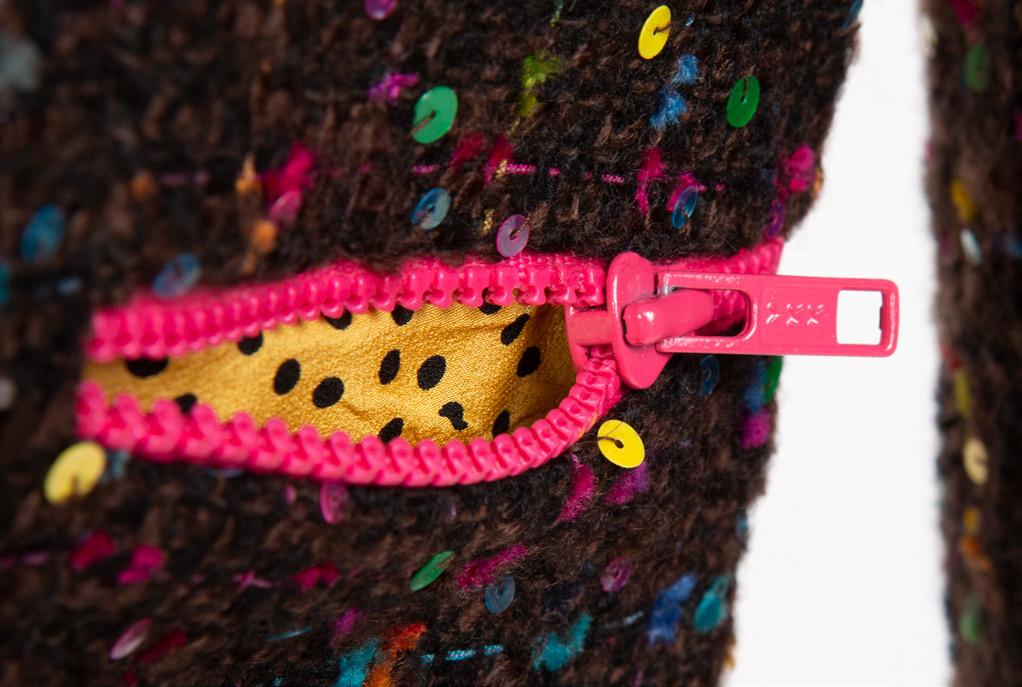
“It was nothing intentional. There was no agenda. It just happened,” she said. “When I look back on it, I think this was one of the greatest strokes of fortune that ever happened to me. Because literally, for decades, I wore gorgeous clothes with very little effort. It was simply a phone call away.”
To learn more, go to phxart.org
“Mr. Beene was ahead of his time in the current athleisure trend we have. He created these wonderful jumpsuits out of gorgeous silk jersey and wool jersey that were incredibly comfortable.” – Helen Jean

“You can move in these garments. That’s because of the way they’re cut. The seams curve, so you’re not getting pinched in anywhere. It’s going with the way your body would naturally move.”
– Patsy Tarr
“You could pull some of these off the rack and walk right out the door and wear your trainers during the day and slip into your stilettos for the evening and wear the same jumpsuit all day long.”
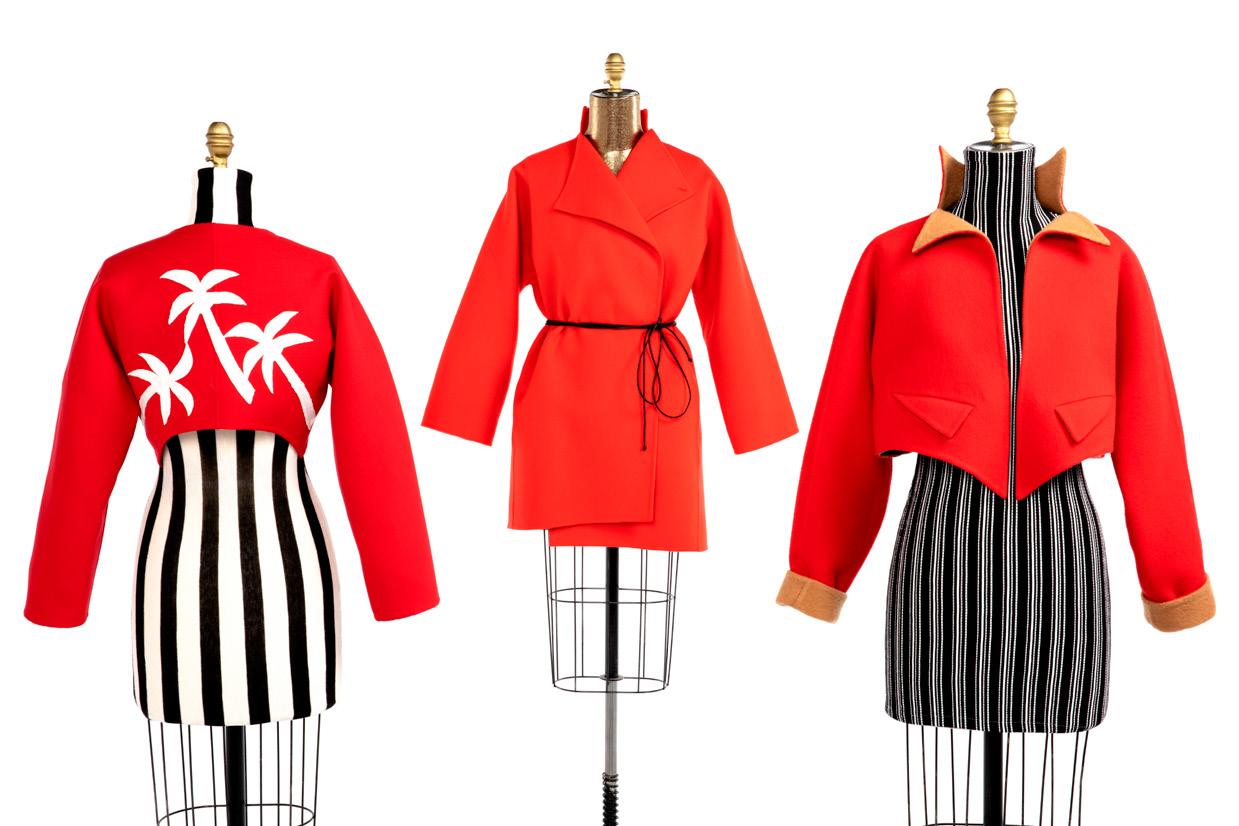
– Helen Jean
“If you were somewhat flat-chested, you really didn’t need to wear a bra, because the seam started high up in the armpit and then kind of curved around your bosom. The garment supported you.” – Patsy Tarr
“Another quick thing for people to note is the pockets — a lot of his evening gowns had pockets!” – Helen Jean
“Any kind of shoe will look good with his jumpsuits. That is the truth. I have worn them with everything. High heels, flats, sneakers, boots — no matter what you put on your feet. You look great.” – Patsy Tarr
“One last cool thing is all of the people I’ve been speaking to that have Beenes still wear their Beenes. These are not pieces that have been dusty in their closets for decades. They still are practical today and fit within their lifestyle because Beene did not care about trends, and that is important.” – Helen Jean


The annual National Philanthropy Day Awards is a program of the Association of Fundraising Professionals (AFP) – Greater Arizona Chapter. AFP is the premier organization for fundraising professionals and currently represents more than 250 members across the Valley. To learn more, visit afpgaz.org.
Each year, these five Leadership Awards recognize the individuals and organizations that exemplify the highest standards of philanthropic responsibility and generosity.







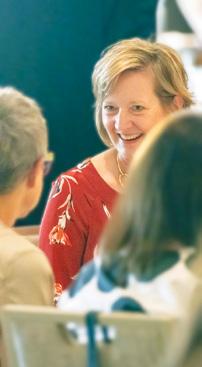

Sam Fowler
Nominated by Boys & Girls Clubs of the Valley–Arizona
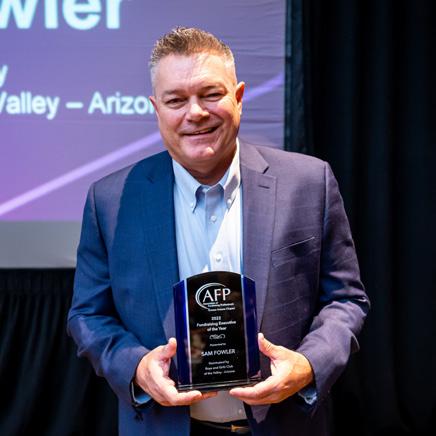

Nominated by A New Leaf
The Spirit of Philanthropy Award publicly recognizes those who exemplify philanthropy through their contributions of time, effort and/or resources. Formal praise of those who demonstrate extraordinary leadership and vision in support of your organization’s goals not only confirms their efforts, but also inspires others in Arizona to become more involved in our community.
Kathye Brown
Nominated by Child Crisis Arizona
Carina Burtell
Nominated by A New Leaf
Steve Carr
Nominated by Geronimo Consulting
Jim & Ellin LaBrie
Nominated by Catholic Charities Community Services
Susan Miele
Nominated by Dignity Health/St. Joseph’s Foundation
TriWest Healthcare Alliance
Nominated by Veterans Heritage Project
Waymo
Nominated by FSL
Anne White PhD, CFRE
Nominated by National Society of Arts and Letters Arizona

Future for KIDS’ mission is to provide mentor-driven, out-ofschool time programs and camps that focus on academics, athletics and ethics to improve the lives of youth who face adversity. For more than 30 years, we have been standing alongside kids and their families to provide the extra support needed to navigate life’s challenges.
Our vision is that all children have the resources for a bright future.
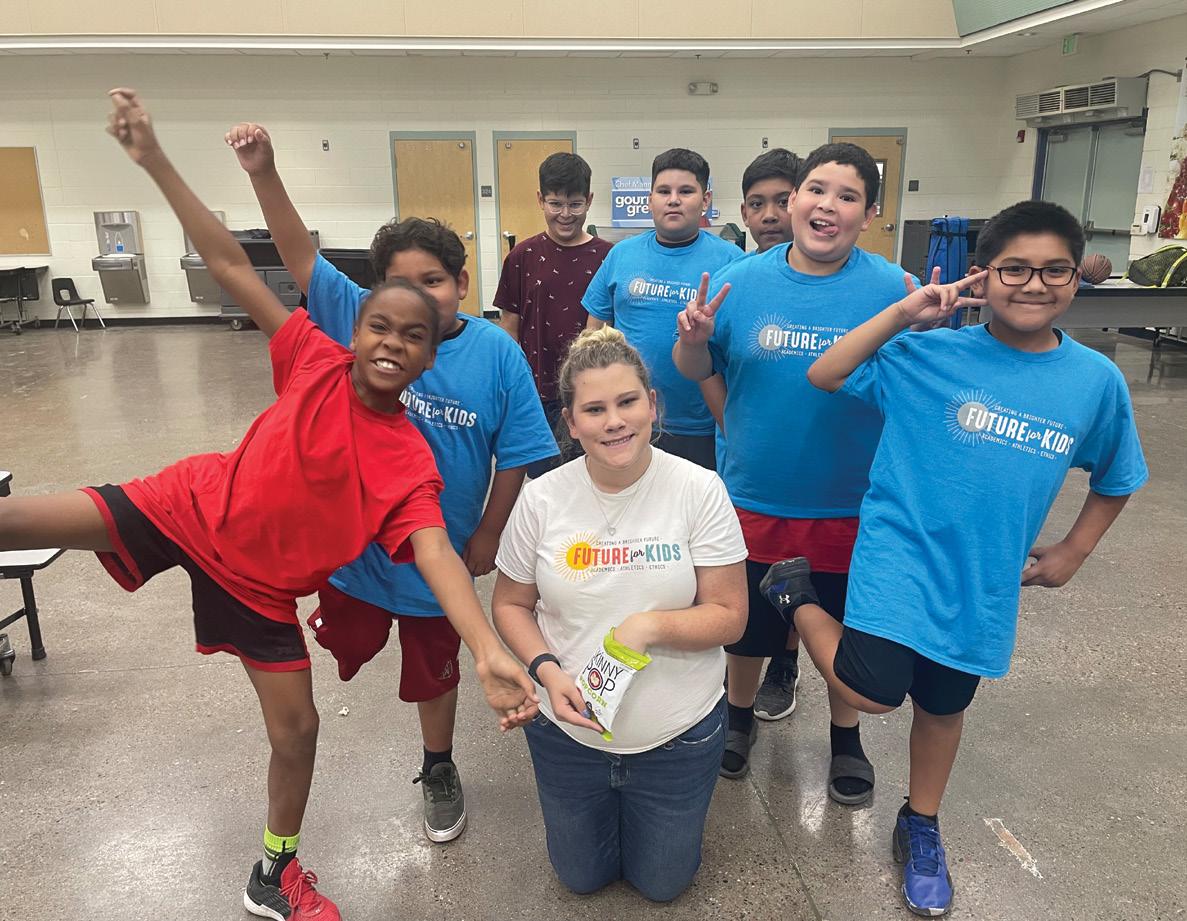








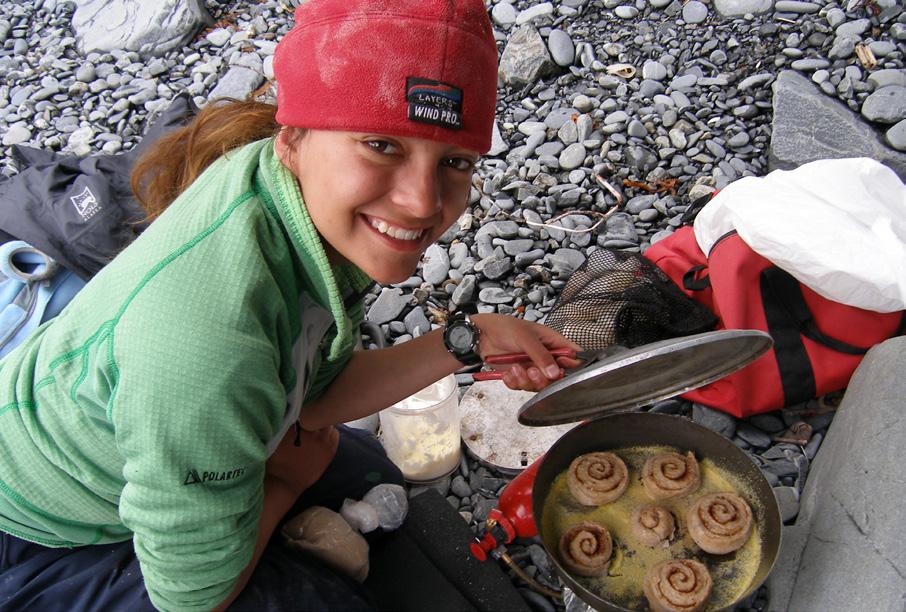

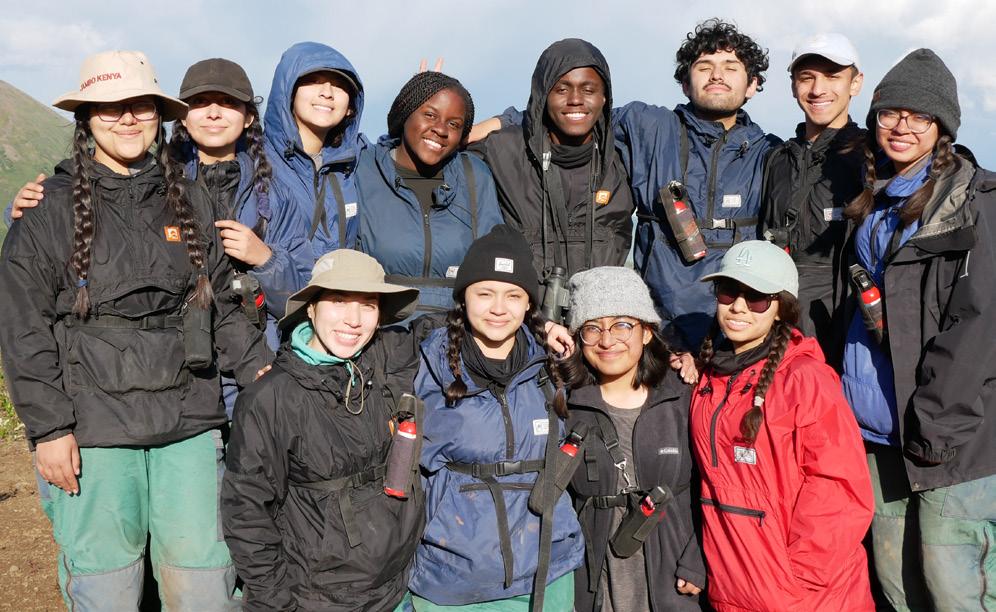

Tracy Baynes’ original education was in oceanography. So how did she end up starting an education nonprofit in Arizona?
Baynes came to Arizona to work at BioSphere 2 a couple of decades ago and was moonlighting doing semester-at-sea programs for students, as well as instructing for the National Outdoor Leadership School, or NOLS, for short. Her story is an example of how sometimes, a new path that you weren’t anticipating presents.
Baynes loved the work with NOLS and other programs she was involved with that allowed youth to not just experience the outdoors but to experience it in challenging ways that helped develop their character. These programs would do wonders for increasing the students’ confidence and preparing them for real-world challenges while broadening their horizons.
But she noticed something missing from the work.
“I found that, gosh, I’m only seeing a subset of students, and typically that subset is wealthy and awfully white,” she said. “I started thinking, ‘Where is everybody else?’ And then, I got into looking at educational statistics and saw this huge educational achievement gap between low-income and highincome kids. You know when you see those statistics that it’s not about ability alone.”
That’s when the light bulb went off. She’d seen what the transformational programs she had led through NOLS could do to help students grow. What if those programs were available to Arizona kids from lower-income environments? How could those students benefit from the kind of confidence these programs create?
Baynes spent a year researching how she could apply these programs to help students increase their confidence and then do something much more specific — make their way to college. She focused on first-generation college students with the goal of helping them achieve the skills they need for the future.
That’s how her nonprofit STEP — an acronym for Student Expedition Program — started in 2005. Baynes was the founder and has been president & CEO ever since, leading an organization whose goal is to not only expose students to new experiences, but to channel their energy into pursuing a college degree.


Baynes said she realized early on that she didn’t need to reinvent the wheel when it came to the expeditions themselves — NOLS operated expeditions in an ideal way with excellent results. When it came time to pick where Arizona students would spend their time, Baynes decided Alaska was an ideal location — because it’s an almost opposite experience from Arizona.
“If I could put them on the moon, I would have, but how could I get them to a place that is as foreign as possible from Arizona?” she said. “We picked Alaska, for sea kayaking.”
Since then, STEP has sent more than 400 students to Alaska for these expeditions to help students experience something they might never otherwise encounter.
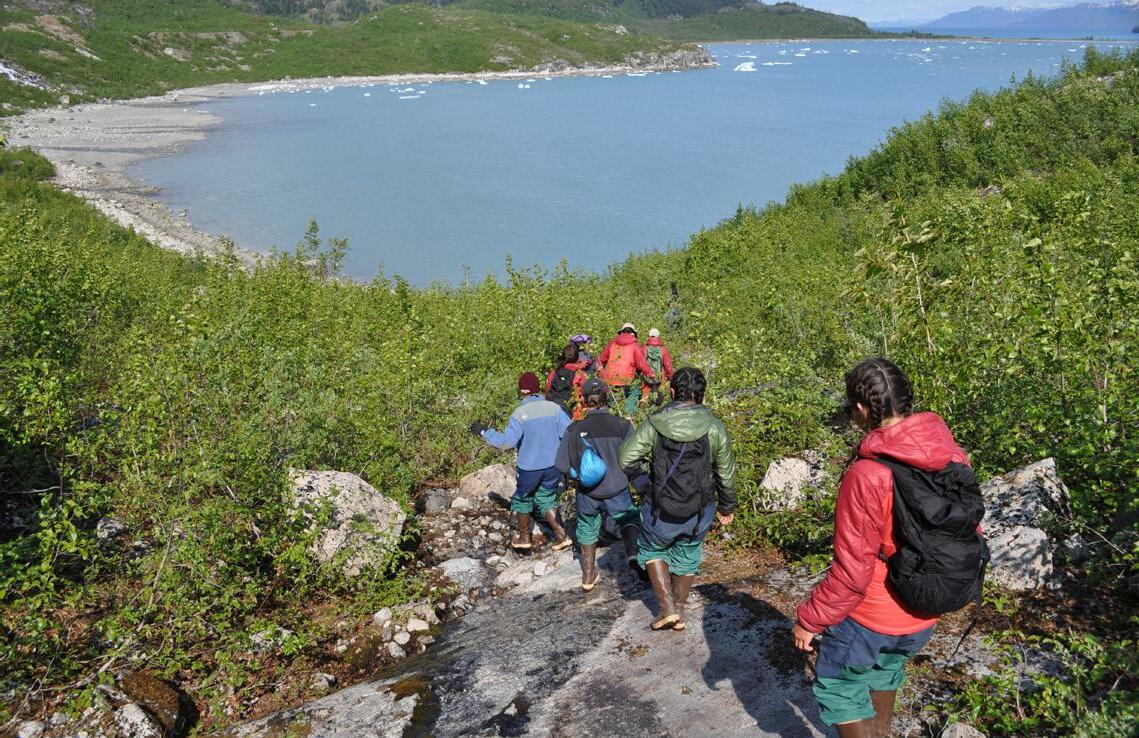
As STEP grew, they settled into a model where they would send three cohorts of 12 on expeditions each summer, creating a transformative impact on the students’ confidence. But again, Baynes noticed another piece of the puzzle that could be added.
She realized that the students she was meeting were not getting the information they needed to apply to college, so she decided to make that part of the mission.
“I said, ‘I have gotta start working with these students in a larger capacity,’” she said.
“I’ve gotta jump in the deep end of the pool and start doing a multi-year college prep program.”
Today, the mission of STEP is to educate and empower low-income Arizona students to enroll in and become firstgeneration graduates from college. The goal is to “provide the focused guidance needed to successfully prepare for and apply to top colleges, secure scholarships to make college affordable, navigate the transition from high school to college and advocate for themselves in college and life.”
As a result, not every student involved with STEP goes
on an expedition — several hundred students each year are involved in STEP’s college efforts but do not travel — and the ones who do receive a lot more than a trip. The 36 high school seniors from Arizona schools venture into the Alaskan wilderness for three weeks and are dropped off on a beach with kayaks to find their way, without their phones and other comforts of home. They learn how to read maps and navigate rivers by working together and trusting their instincts and hard work.
“It’s different — it’s cold, it’s wet and it challenges them in different ways,” said Lynn Petzold, senior account manager and senior faculty at NOLS, who helps lead the STEP trips to Alaska. “The essence of the expedition is students being exposed to something different, struggling through it a little bit, having successes, having failures, leaning on each other for support and developing friendships and community. The experience of going on something very unknown becomes a platform for them to reflect on.”
Letura Kpea is one of those students. The 17 year old is currently a senior at Buckeye High School who has dreamed since middle school of attending college. She is waiting to hear back from Vanderbilt University to see if she has gained early admission.
Kpea said that STEP’s help has been invaluable in her application process, but the expedition is something she will remember for years to come.

“Honestly, when they say it’s a once-in-a-lifetime experience, it truly was,” she said. “Initially, the trip is supposed to prepare you for your transition to college, and that was my goal, to show my parents that I would be able to thrive independently and go to college and do fine. I can say after the expedition that I am truly ready to do that.”
The adventure taught more than navigation skills. “They taught us some of the basics that you’ll need to learn in college, like cooking, how to room with others and how to get along with the people around you so that you are successful,” Kpea said.
Baynes said one goal she tells students STEP has is to not have the students need the organization in the long run.
“We are launching students to be the leaders and the voices of tomorrow, and we’re also creating generational change in families and communities,” she said. “With a little bit of investment right now; we’re not making it so they are dependent on us, we’re making it so they can take it from
 BY JULIE COLEMAN
BY JULIE COLEMAN
5
My day can begin one of two ways — either I wake up early and go to gym class, or I get up at 7 a.m. and rush to get out the door with a bowl of cereal in hand. Both options are up for grabs every day. Regardless of which occurs, I take our four dogs — two at a time — on walks.
When I arrive at the office, I try to get through emails before everybody else arrives. I do not check emails during meetings out of respect for the people in the meeting. My staff had to get used to the fact that I did not immediately respond. Now, they respect and understand my practice.
My morning email correspondence runs the gamut and can include ASU asking for our assistance with a study, organizations inquiring about our best practices, event planning for our upcoming youth retreat, or taking care of the leak in the conference room. I came from the corporate world, where I was at Bank of America for 12½ years and thought my prescriptive lifestyle was hard. Then I became executive director of an organization where you are the plumber, janitor and decision maker who also needs to be cool, calm and collected at all times. I am grateful for this job of my dreams.
I meet one-on-one with an employee, discussing their day and what they might need from me, or we have a team meeting. After this, I connect with our event sponsors or a supporter of Aunt Rita’s to catch them up on what we are doing. I rarely take a break before or after these meetings.
Joining Aunt Rita’s is a full-circle moment for me. In 2005, at the age of 22, I tested HIV positive. I used the agencies Aunt Rita’s supports for medical assistance, groceries and transportation. During that difficult time, I was living in a studio apartment and eating tortilla chips for dinner. Over the years, I became comfortable talking about my status. I started raising money for AIDS Walk Arizona and volunteering with HIV organizations. I joined Aunt Rita’s board in 2015 and then served as board chair in 2019.
Half of the HIV population is over 50 and this number continues to increase as people living with HIV are living longer and healthier lives. Aunt Rita’s focuses on minimizing isolation and loneliness by bridging connection to others with shared lived experience through monthly “Experienced Escapades” program for HIV+ individuals 50 and over.

One important aspect of this role is your direct link to helping individuals. I receive phone calls from community members who say, “I just tested positive and have no clue what to do” and “I just moved to Phoenix and am out of medication and don’t have insurance or a doctor. What do I do today?”
One of the biggest challenges is my investment in each circumstance because I care so much and spend all my energy focusing on that. Then I’m tired but still must get everything done. I’ve had to learn to keep boundaries better than I did in the corporate world, where boundaries are expected.

We receive many suggestions on where to focus our HIV legislative work, and our advocacy looks different every year. For example, the “No Promo Homo” law that disallowed the discussion of homosexuality in public schools was repealed and a law was passed for HIV tests to be general consent instead of opt-in. You previously had to choose to take the test until this law passed, and now you
can opt out. In the coming year, we’re going to work on HIV testing for individuals who are pregnant to make sure they and their babies are healthy. Currently, it is not required for a pregnant person to have an HIV test. However, if an HIV diagnosis occurs before the third trimester and treatment begins, the baby has nearly a zero percent chance of being born with HIV.
Thomason and his husband Jesus at the RED Is the Night event. The unique “non-gala” is Aunt Rita’s signature fundraising event.




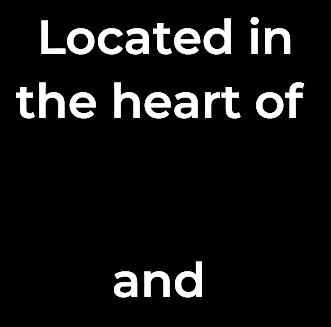

One way Aunt Rita’s serves as the connector of the HIV community is by providing unrestricted grants to 14 partner agencies. We focus on collaboration instead of competition by bringing together partner agencies to learn best practices and work to ensure the community is taken care of. Many
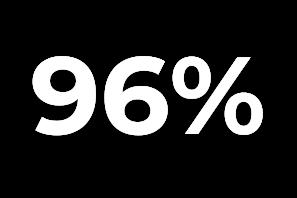



organizations reach out to us asking for our secret sauce for getting all these agencies to coordinate and collaborate because in almost every other state, HIV organizations are not talking and are fighting for the best employee, the grant and the contract. What has worked for us is our solid reputation and being known for 35 years as a trustworthy, hardworking organization with a passion for getting it done right. Collaboration is the only way we are going to stay connected and end HIV.
Every year, any organization with an HIV program can apply to be a partner agency. If selected, they receive $10,000 and, in turn, must complete volunteer hours and raise $1,500 for Aunt Rita’s, typically through the AIDS Walk Arizona. Our partner agencies receive everything raised at AIDS Walk Arizona, scheduled for March 25, 2023, at Tempe Town Lake.



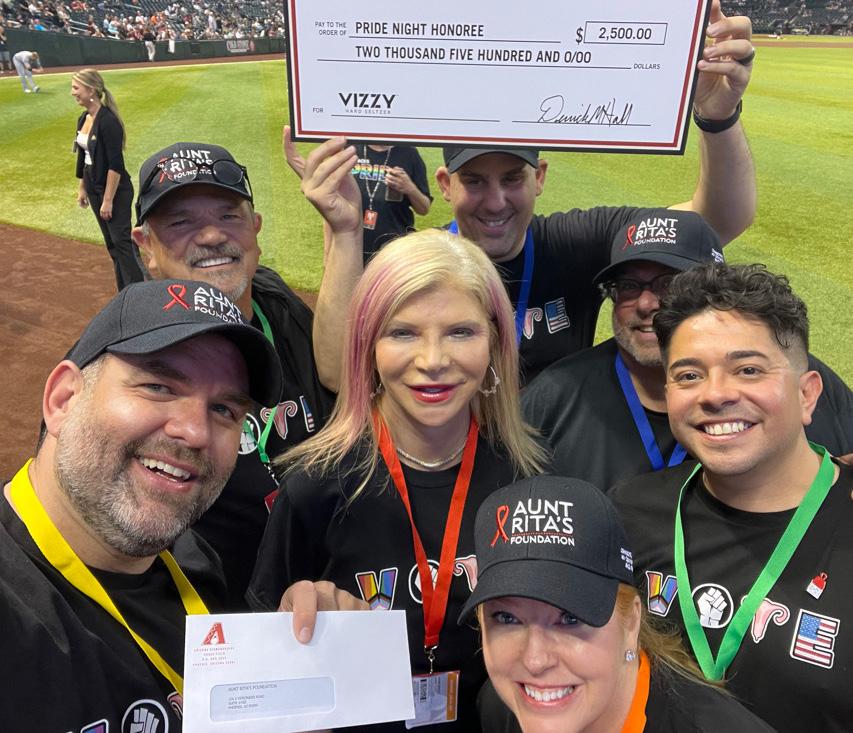

After a committee, board or community meeting, it’s fun to come home and relax with my husband, Jesus, and our dogs. We have a big sectional and fill it with dogs and people. We talk about our day and let the day go so we can get some rest. To learn more, go to auntritas.org


Genesis City’s mission is to reclaim the promise of Arizona’s most disadvantaged youth by providing them with the tools and opportunities they need to become active contributors to the economic and social welfare of their communities.




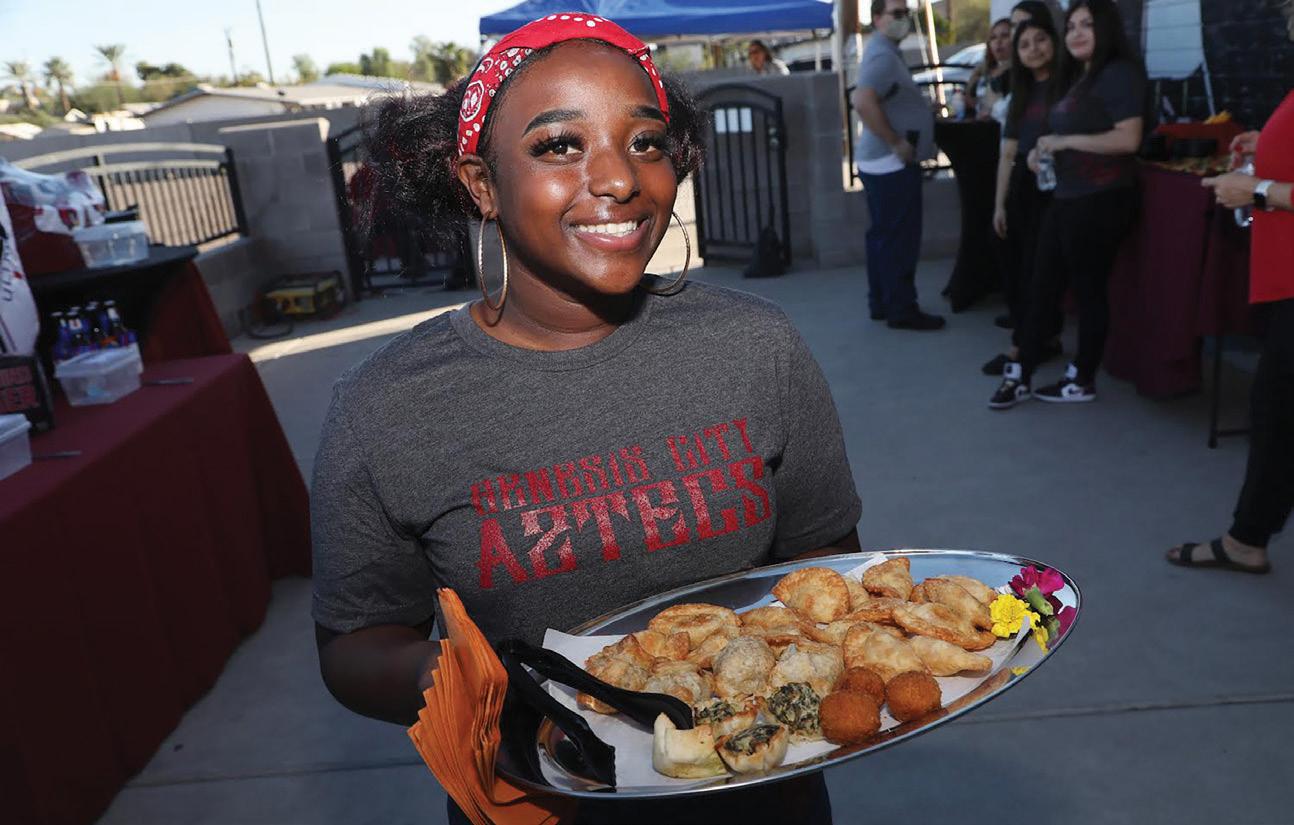
Eligible for the Qualified Charitable Organization Tax Credit Tax Code 22298
Eligible





The foundation works to end the racial and ethnic digital divide.
Former NFL wide receiver Larry Fitzgerald Jr. founded The Larry Fitzgerald Foundation in 2005 in honor of his mother, Carol Fitzgerald, who died of breast cancer in 2003. Since then, the foundation has worked to provide youth with the educational tools they need to thrive and to support women, men and families affected by breast cancer.
The Larry Fitzgerald Foundation has two missions: to support youth education and breast cancer awareness.
To serve youth, the foundation promotes reading proficiency and provides access to after-school programs, sports camps and technology for kids in grades K-12. This includes bridging the digital gap to ensure that underresourced communities have the tools and skills needed to advance in the ever-growing world of technology.
The Larry Fitzgerald Foundation also provides resources, education and support to individuals and families impacted by breast cancer. Recognizing breast cancer’s repercussions on underserved communities and the lack of available resources has created an ongoing need the foundation feels obligated to fulfill.
The foundation has a giving goal of $700,000 per year to organizations doing effective work in the community. Fitzgerald also looks for ways to inspire giving on the part of his corporate partners to create additional pathways of contribution.
Something that sets The Larry Fitzgerald Foundation apart is its commitment to face time. “We really prioritize human interaction,” said Danielle Frost, the foundation’s executive director.
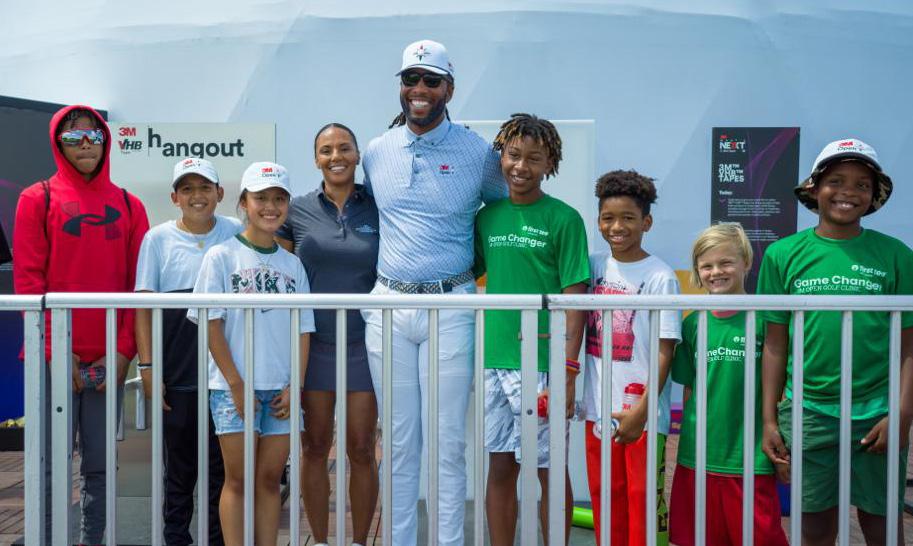
Frost worked with Fitzgerald for over a decade, helping to produce his charity events before making the transition to the foundation. Now, she and Fitzgerald are on the ground year-round, engaging with community members,
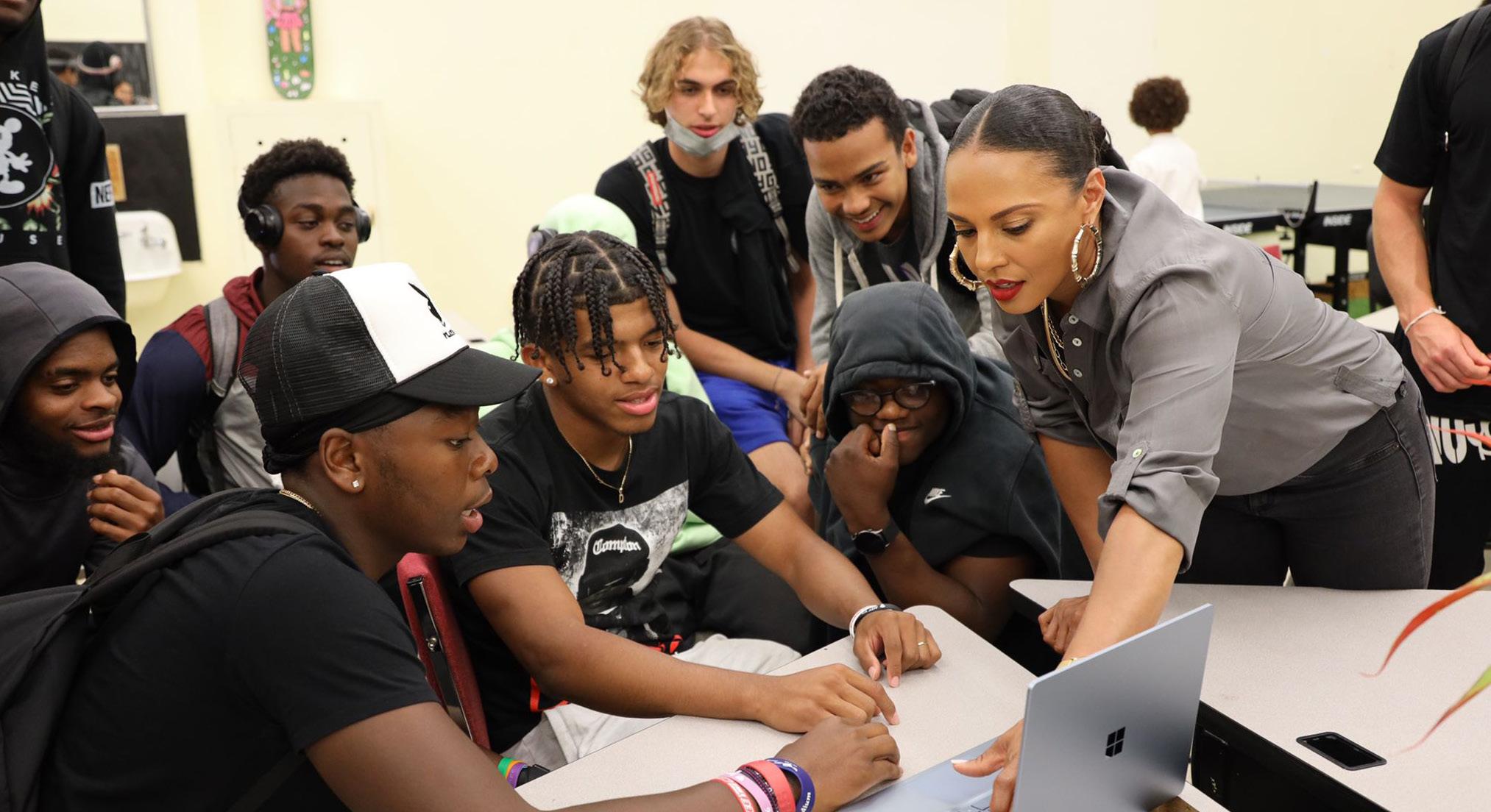
grantees and partners through community events.
“This provides us first-hand information about the critical needs in the community, and then allows us to effectively address those needs,” Frost said.


The Breast Believe campaign, led by The Larry Fitzgerald Foundation, aims to educate communities about early detection, prevention, symptoms, treatments, resources and access surrounding a breast cancer diagnosis.
The foundation believes that having a chance to connect with a community that understands and can help navigate the journey after diagnosis is critical to a patient’s mental and physical well-being, as well as their survival.

As a breast cancer survivor herself, Frost understands the importance of having support and resources. She is honored to use her experience to advocate and improve the lives of others through her work with the foundation. “My journey has truly inspired me to want to continue to find ways to help others,” Frost said.
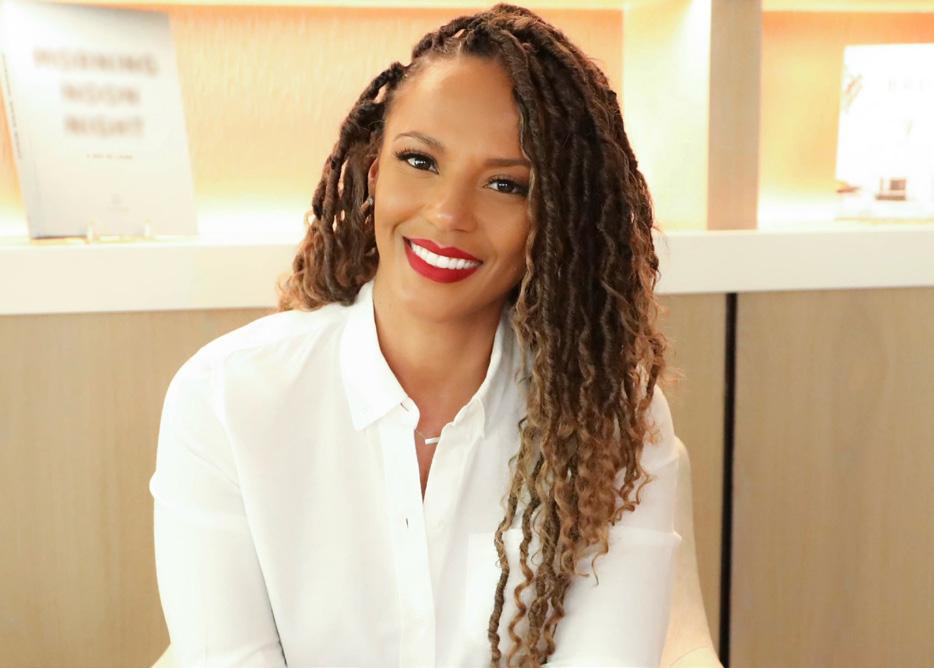
Foundation executive director Danielle Frost has community at her core.
While Fitzgerald holds many records with the Arizona Cardinals and the NFL, his proudest accomplishments have happened off the field. He was named the 2016 Walter Payton NFL Man of the Year Award — the NFL’s highest honor recognizing charitable work — and his philanthropic work is just warming up.
To learn more, visit thelarryfitzgerald foundation.org
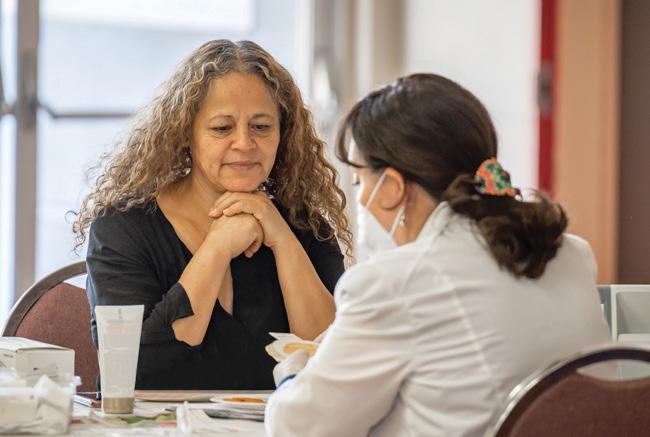
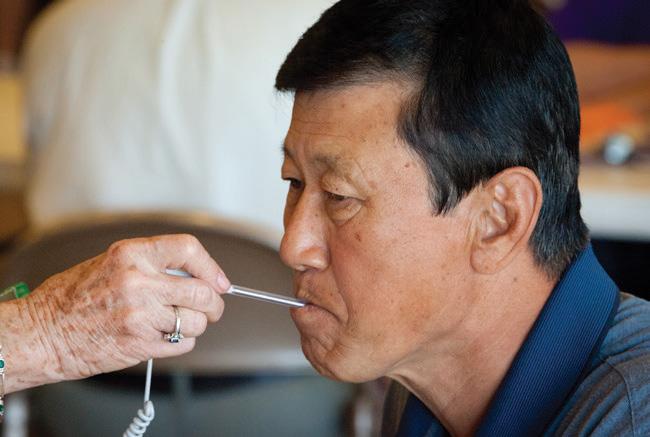




A top New Year’s resolution is to lead a healthier lifestyle. For some people, that may include drinking less alcohol or cutting it out altogether. Even if you are alcoholfree, you can enjoy tasty and thoughtful mocktails at various Valley establishments.
“There are a number of reasons why someone might choose not to drink alcohol, but that doesn’t mean they should be excluded from enjoying handcrafted beverages when they go out,” said Abby Kate Larson, head bartender at J&G Steakhouse at The Phoenician in Scottsdale. “A great mocktail needs everything a regular cocktail needs — balance between acid and sweetness, creative use of fresh seasonal flavors and a beautiful presentation.”

J&G’s mocktails include the Spicy Mango Sipper with muddled Fresno peppers, mango purée, lemon, simple syrup and seltzer water. Made with J&G’s spicy house-made ginger syrup, Fresh Ginger Ale is a perfect pairing with dishes like crab cakes and tuna tartare.
“More people are turning to nonalcoholic cocktails not only as a lifestyle, but as a way of pacing their evenings,” said Aaron DeFeo, bar director and proprietor at Little Rituals in downtown Phoenix, which offers nonalcoholic versions of some cocktails, featuring Lyre’s nonalcoholic spirits.
“A great mocktail menu allows bars to cater to a wider group of guests, especially those who do not wish to consume alcohol but still appreciate the social element of enjoying a delicious drink in a fun setting,” said Romeo Rangel, mixologist at Mix Up at the Royal Palms Resort and Spa in Phoenix. Mix Up uses Ritual Zero Proof alcohol to

Valley bars and restaurants offer delightful alcohol-free libationsPhoto courtesy of HULA’s Modern Tiki


make its mocktails, including the Paloma Ritual with zero proof tequila and grapefruit, and the Royal Collins with zero proof gin and house-made lemonade.
“It’s important for us to offer mocktails because we want all people to feel included,” said Chiara Katz of Trucolor Concepts, which owns the Rose Garden and 36 Below cocktail bars in Phoenix. “A good mocktail is one that combines a sense of sophistication with a smooth blend of delicious flavors.”
Bitter & Twisted in downtown Phoenix is known for its extensive and eclectic award-winning cocktail menu, which includes nonalcoholic options.
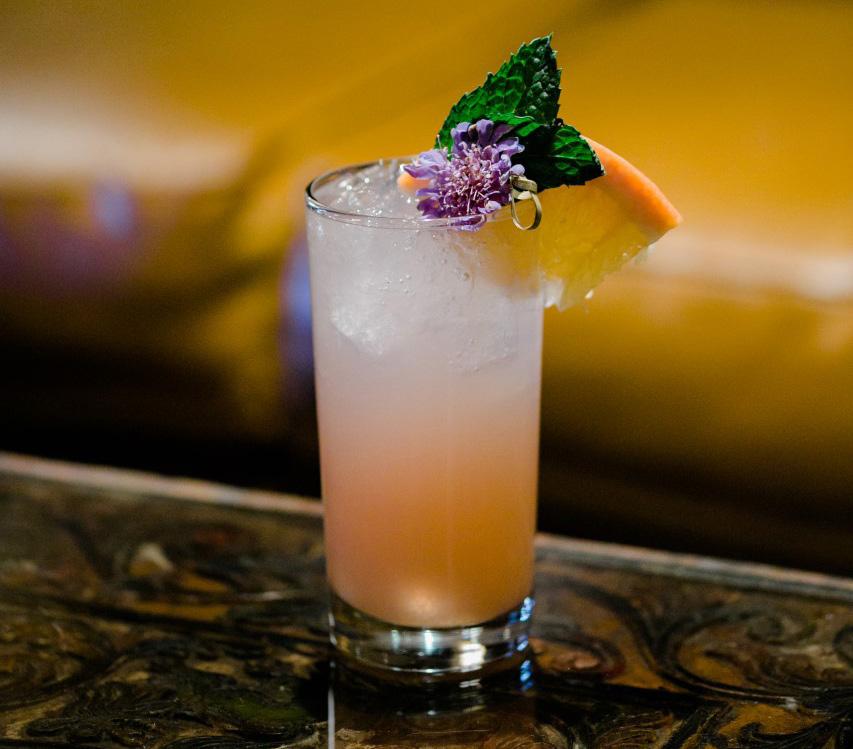
“Throughout our menu, a selection of drinks are marked as available in a nonalcoholic format so guests can experience our featured cocktails that are particularly well suited to substituting the base spirit with a nonalcoholic spirit alternative,” said Ross Simon, bar director and proprietor at Bitter & Twisted.
HULA’S Modern Tiki offers mocktails that complement the restaurant’s theme. “It’s important that all guests, those who drink alcohol and those who don’t, get the same awesome, escapist experience,” said owner Dana Mule. “A good mocktail has to reflect who you are and be a legitimate part of your cocktail program. It should also taste just as good or better than the cocktails you serve that have liquor in them. The true key to a successful mocktail is that it creates the illusion of a great cocktail.”
To learn more, visit jgsteakhousescottsdale.com, littleritualsbar.com, royalpalmshotel.com, trucolorconcepts.com, bitterandtwistedaz.com and hulasmoderntiki.com
Gastromé opened in Scottsdale in September 2022 with an intentional vision by co-owners Jenny Le and Tiffany Chavez.
“This is a place for foodies, created by two women who really love food and are very thoughtful about it,” said Le. “We want to provide a curated experience and educate our customers. We have products that we love with a wonderful story we can share and make a connection with our customers.”
The products at Gastromé are carefully selected, including several offerings from local suppliers. The market has experts in areas such as cheese, wine and meat to guide customers. “Our team is enthusiastic and passionate about bringing this vision to life and assisting our customers as they shop and explore,” Le said.
In addition to the market, Gastromé has an upscale restaurant that serves lunch and dinner. The menu includes oysters, hamachi crudo with spiced apple sauce and lemon hazelnut dressing, lobster roll with lemon
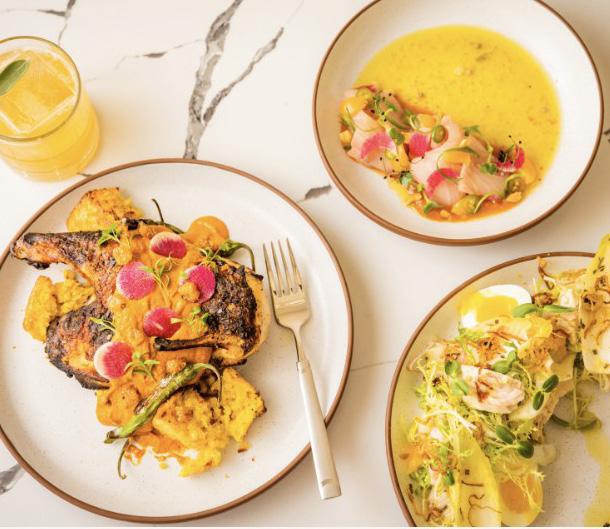 Photos by Jill McNamara Photography
Photos by Jill McNamara Photography
tarragon aioli, Iberico pork with salmon roe beurre blanc and Wagyu ribeye with salsa verde.
Like the market and the dishes on the restaurant menu, Gastromé’s cocktail program is carefully curated with selections like the Martini Fino with vodka, Fino sherry and an optional caviar bump, Into Thin Air with rye whiskey, citrus and egg white, and the tropical Globetrotter with mezcal, white rum, coconut and mint.
In addition to the restaurant and market, Gastromé offers classes as part of its vision to educate customers. They also offer catering with high-end charcuterie boards and vegetable and seafood platters.
Le and Chavez moved from Boston to Phoenix for a job opportunity for Chavez at Phoenix Children’s Hospital. Le, who studied business and finance, worked at Formaggio Kitchen in Boston as financial controller for five years, and opened and sold an Asian tapas restaurant in Boston. When they moved to Phoenix, Le opened and sold several restaurants.
“We took time to figure out how to become successful in the restaurant business, and how to run a business and make it sustainable,” Le said.
The response to Gastromé has been overwhelmingly positive. “People have been wanting a place like this and are excited to support us as we grow,” Le said. “It has unlimited potential.”
For more information, go to gastromemarket.com

In Italian, “sfizio” refers to something you don’t need, but want.
After being out of the restaurant business for several years, chef Rocco Pezzano didn’t need to open a restaurant but was convinced by his son Marco to open Sfizio Modern Italian Kitchen in north Phoenix in 2021.
“After working in restaurants for several years, I stepped away to spend more time with my family and opened a wholesale business,” Pezzano said. “I wasn’t planning to open another restaurant.”
Marco, an architecture student at Arizona State University, runs the restaurant’s social media. “There have been a lot of changes since I was in the restaurant business, especially social media, and my son helps with that,” Pezzano said. “I run the restaurant and my son brings new ideas and a younger perspective. We work very well together and complement each other. It’s the first time working with family and we are both enjoying the experience.”

Pezzano was born in Italy and had culinary training there as a young man. He moved to the U.S. in 1986 and opened several restaurants. “I put a lot of passion into what I do. I’m particular about the ingredients I use and making things from scratch in-house, like bread and pasta,” he said.
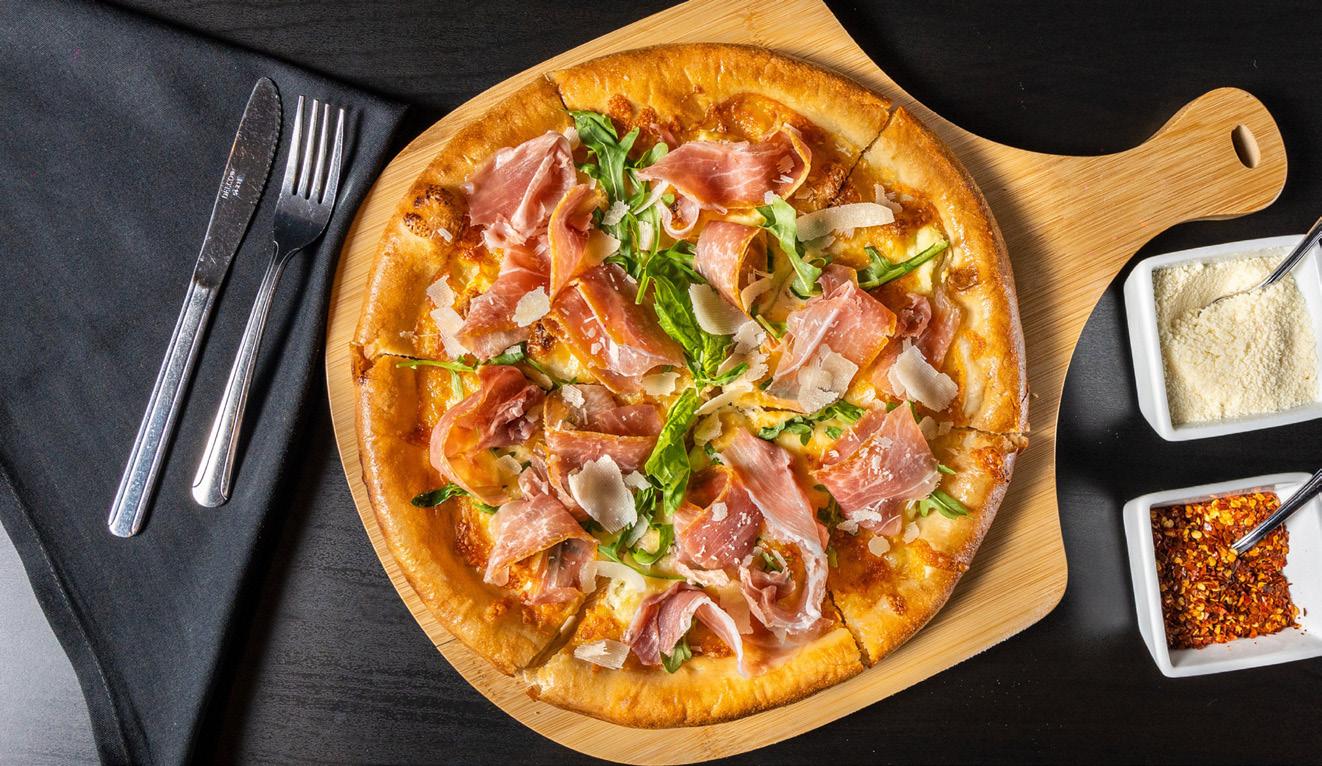
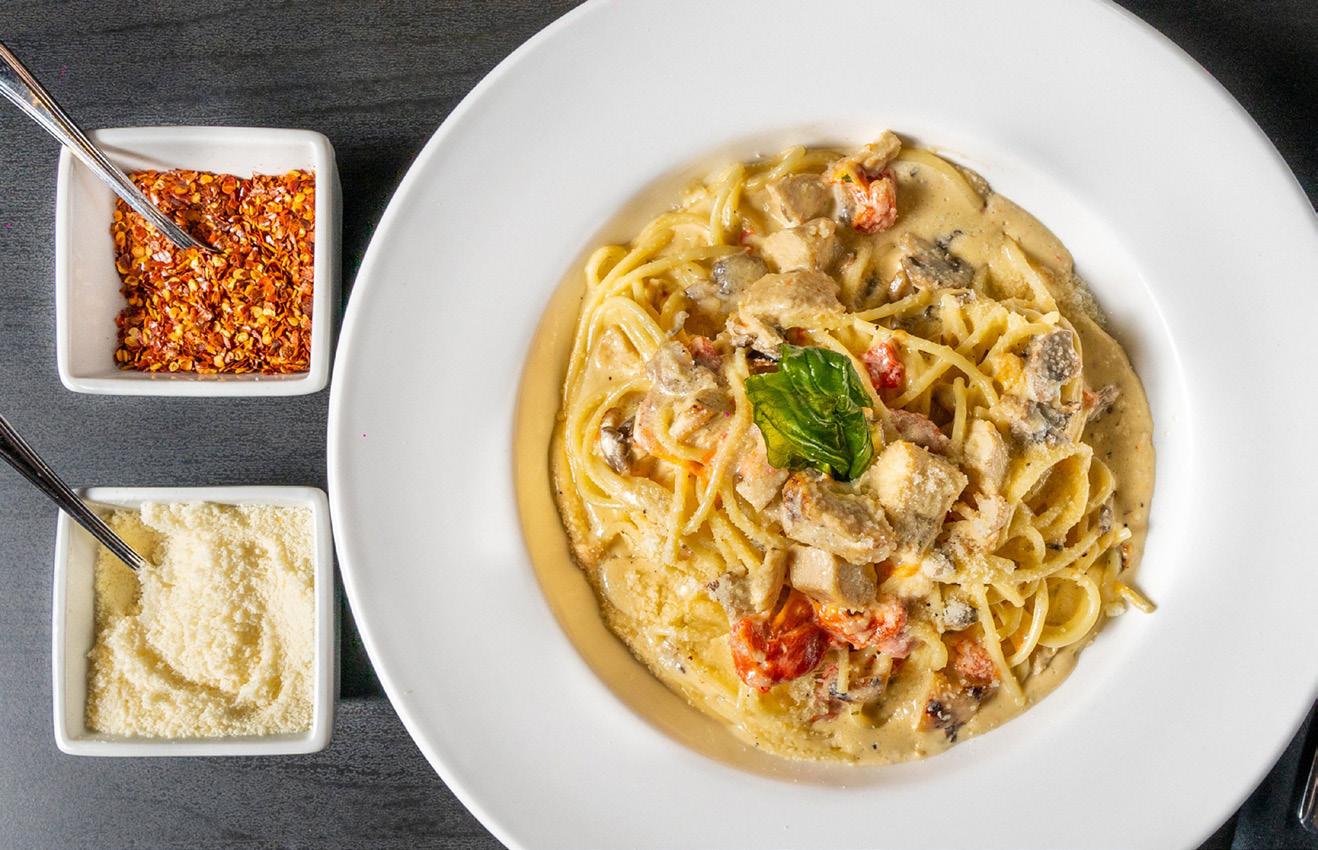
Sfizio features an open kitchen, large bar, extensive wine and cocktail list, and changing menus. Italian favorites on the menu include arancini, lasagna, several varieties of Neapolitan pizza, bruschetta and fresh pasta, including ravioli, rigatoni and gnocchi. Desserts include tiramisu, cannoli and gelato affogato.
MORE

The Joy Bus is a nonprofit organization that has been delivering more than meals since 2011. Our sole purpose is to relieve the daily struggles of homebound cancer patients with a fresh and healthy meal delivered by a friendly face. Our service also includes critical home visits and wellness checks. We offer weekly personal support and nutrition for those dealing with perhaps the most difficult time in their lives, and by so doing, let them know that their community loves and cares for them.

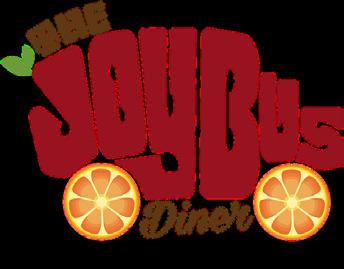

T h e J o y B u s p a t i e n t m e a l s a r e p r e p a r e d i n a n d f u n d e d b y p r o c e e d s g e n e r a t e d b y T h e J o y B u s D i n e r l o c a t e d j u s t o f f t h e 5 1 P i e s t e w a F r e
n
d t
h e
V a
l l e y .

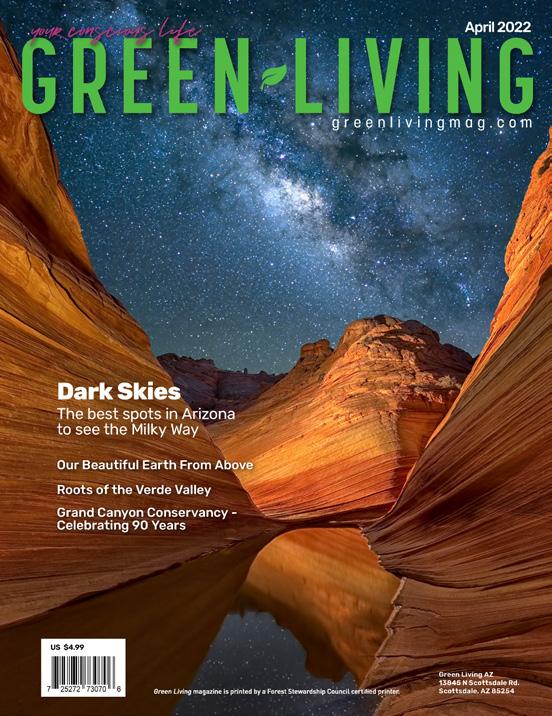
Join us where you live, work or play to connect with like-minded women to share information, ideas, contacts and opportunities.


Learn more at: eastvalleywomen.org | centralphoenixwomen.org womenofscottsdale.org | northvalleywomen.org




Phoenix Technology Audio Visual provides top-tier AV equipment and crew to events both large and small.


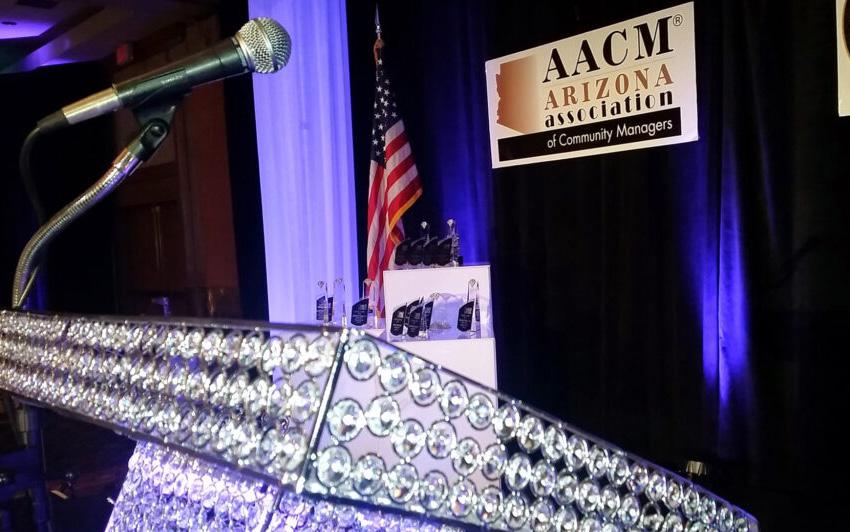
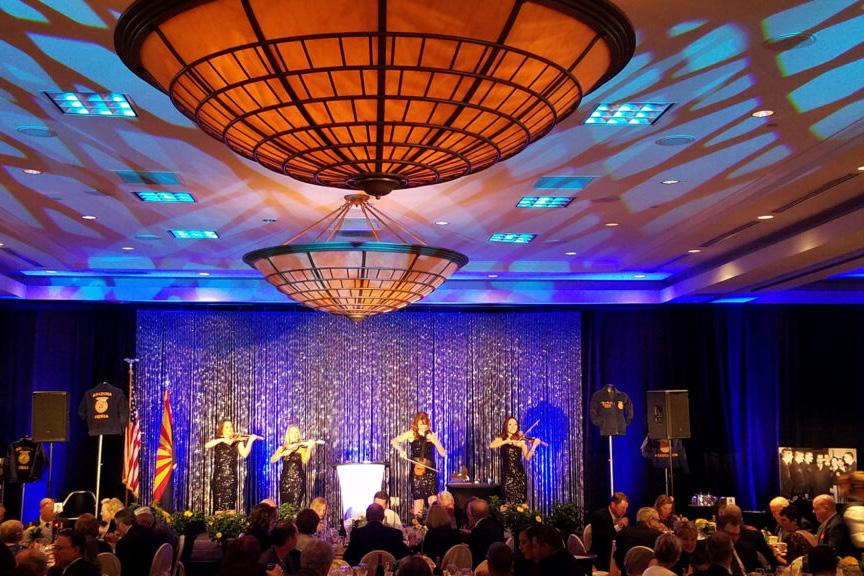
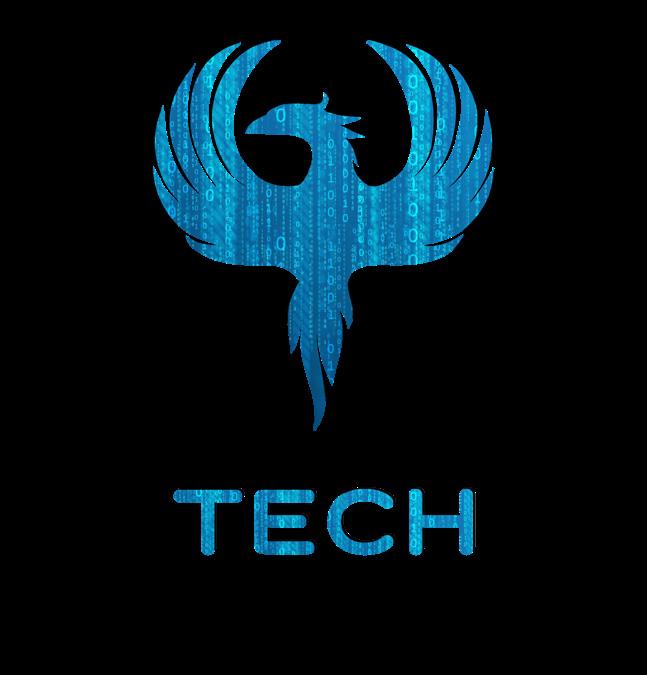



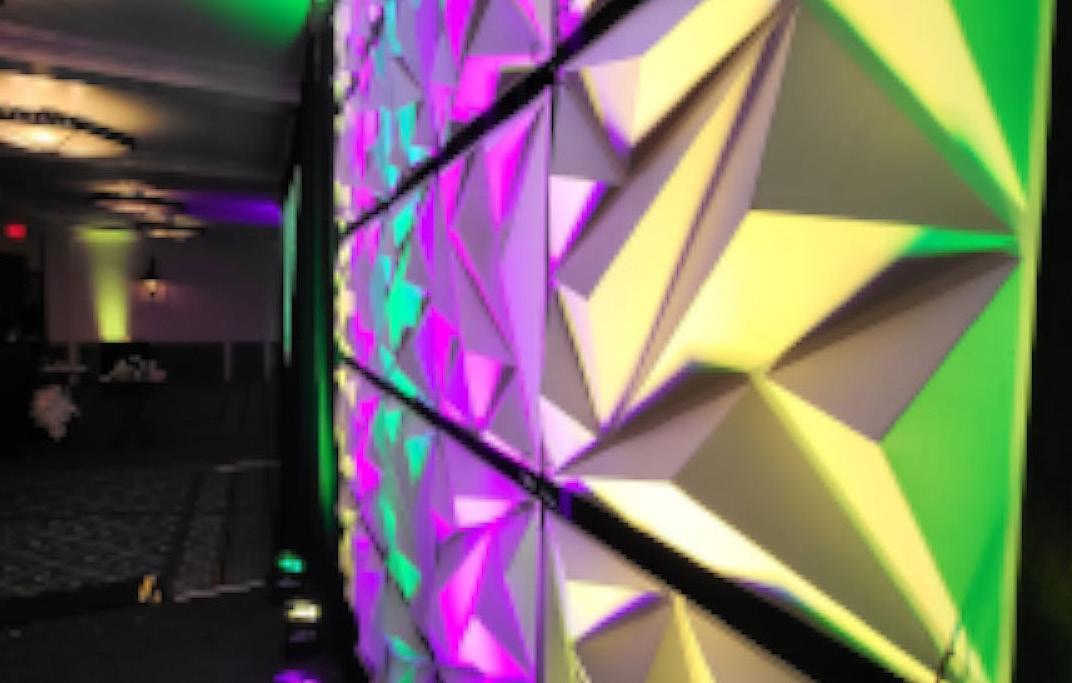
Our talented techs specialize in audio, projection, lighting, scenic and video production — both in studio and on location.
Through hard work, dedication and love, our team has a personal share in the success of your event!
Reach out today and discover how we can help design your event vision into a reality.

The Greatest Show On Grass. The WM Phoenix Open. Or, to many, just “The Open.” The annual event is teeing up to welcome more than 800,000 guests during its run February 6-12, 2023.
With 210 chefs and cooks on the course and 90 chefs and cooks at their headquarter kitchen, M Culinary Concepts is gearing up to feed all those fans. We asked for a rundown of what’s on the menu:
• 157,000 potstickers
• 114,000 chicken wings

• 87,000 tacos
• 76,500 cookies
• 38,000 corn dogs
• 38,000 pizzas
• 37,000 salmon fillets
• 36,000 chicken breasts
• 28,000 flat iron steaks
• 11,300 pounds of brisket
• 4,200 pounds of shrimp
• 4,200 pounds of french fries
• 2,600 pounds of plant-based protein
• 2,500 gallons of salad dressings
To learn more, go to mculinary.com




